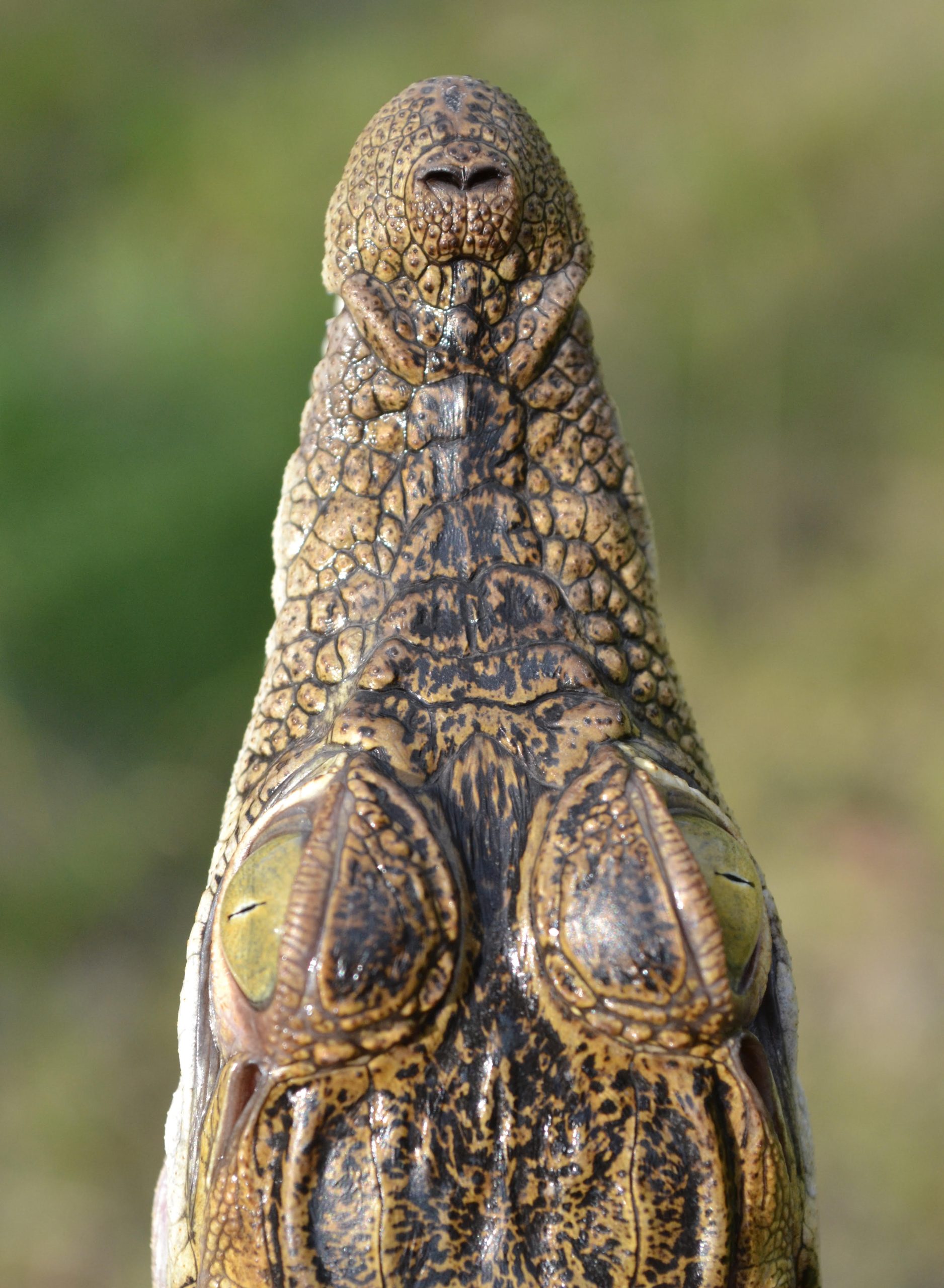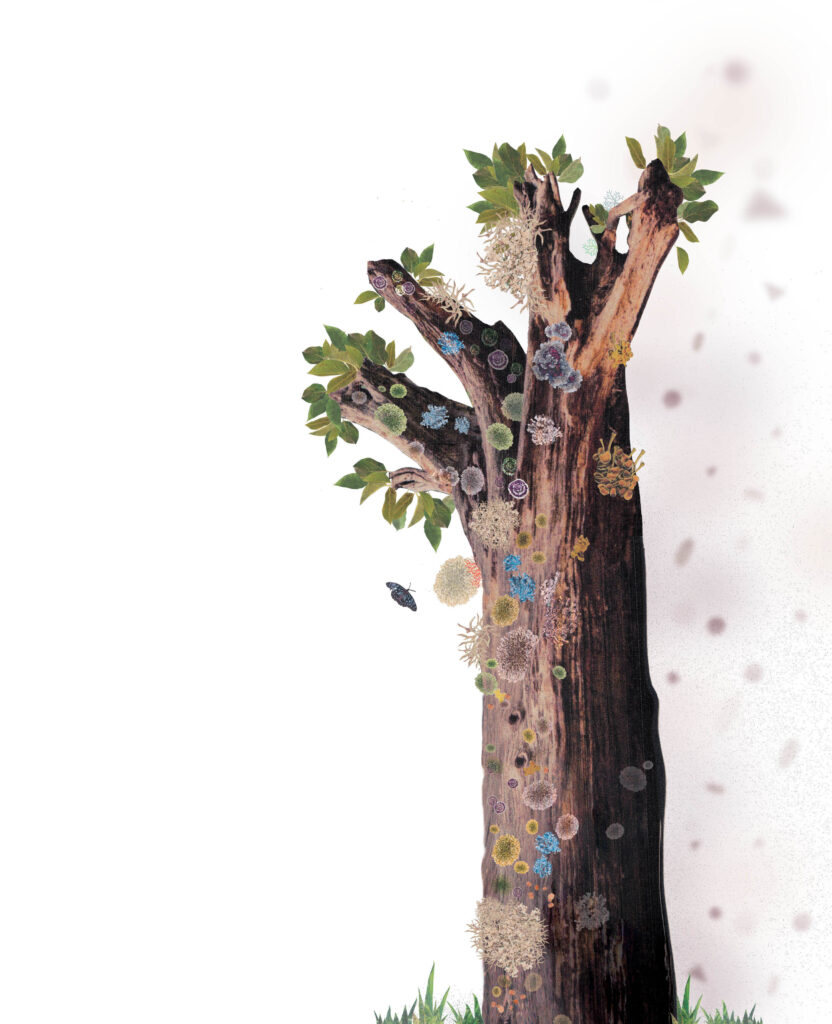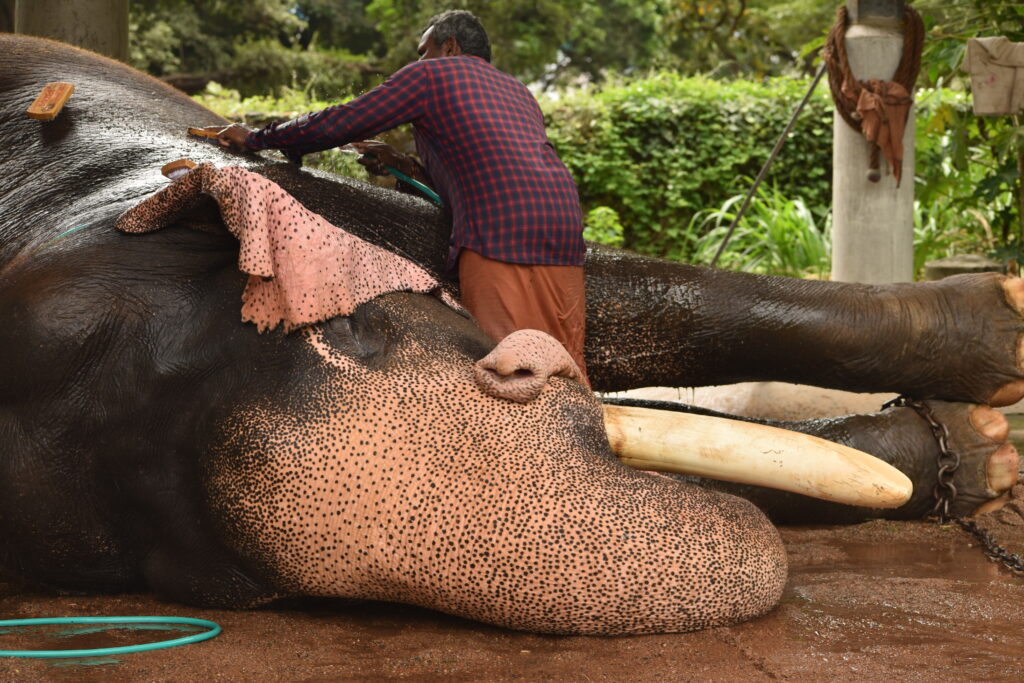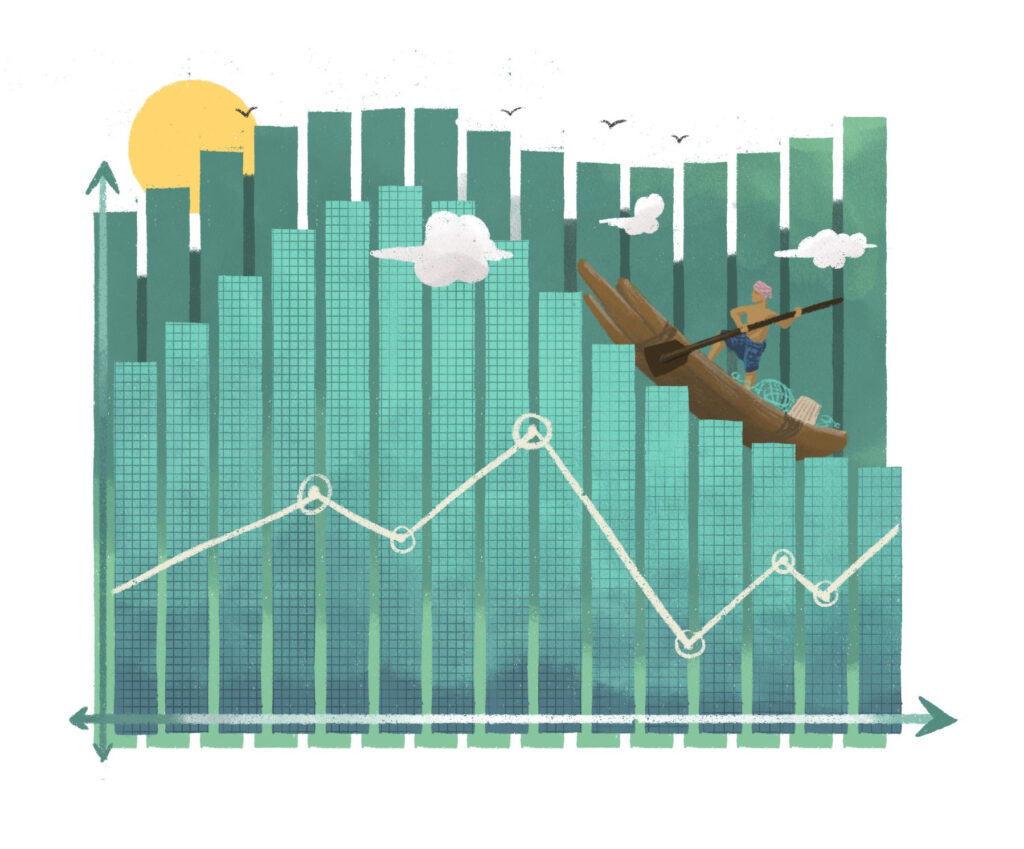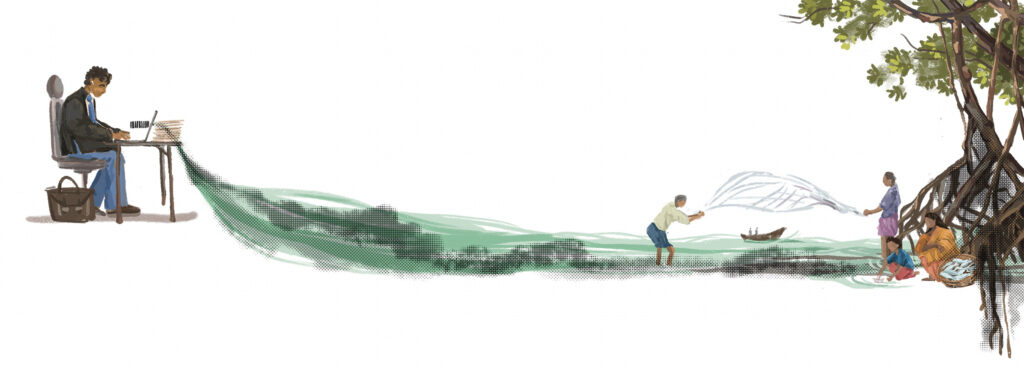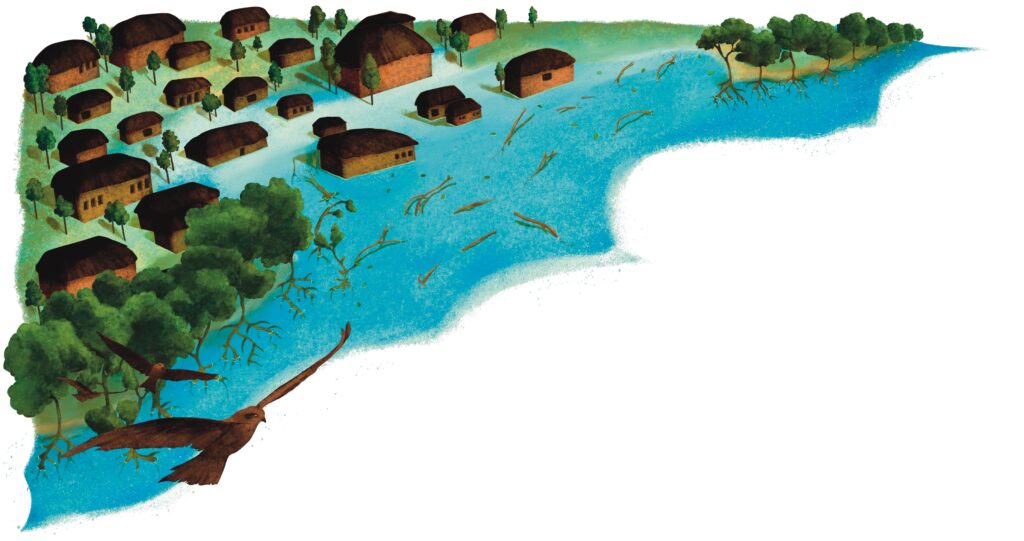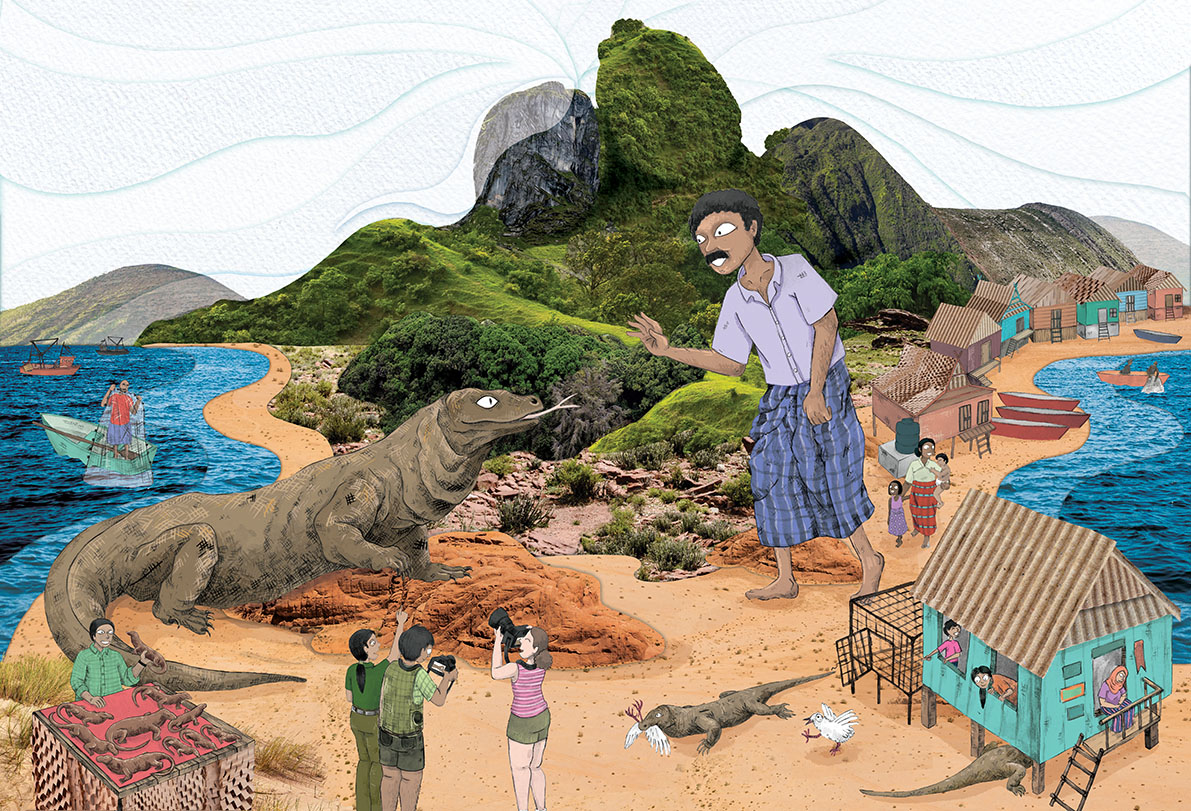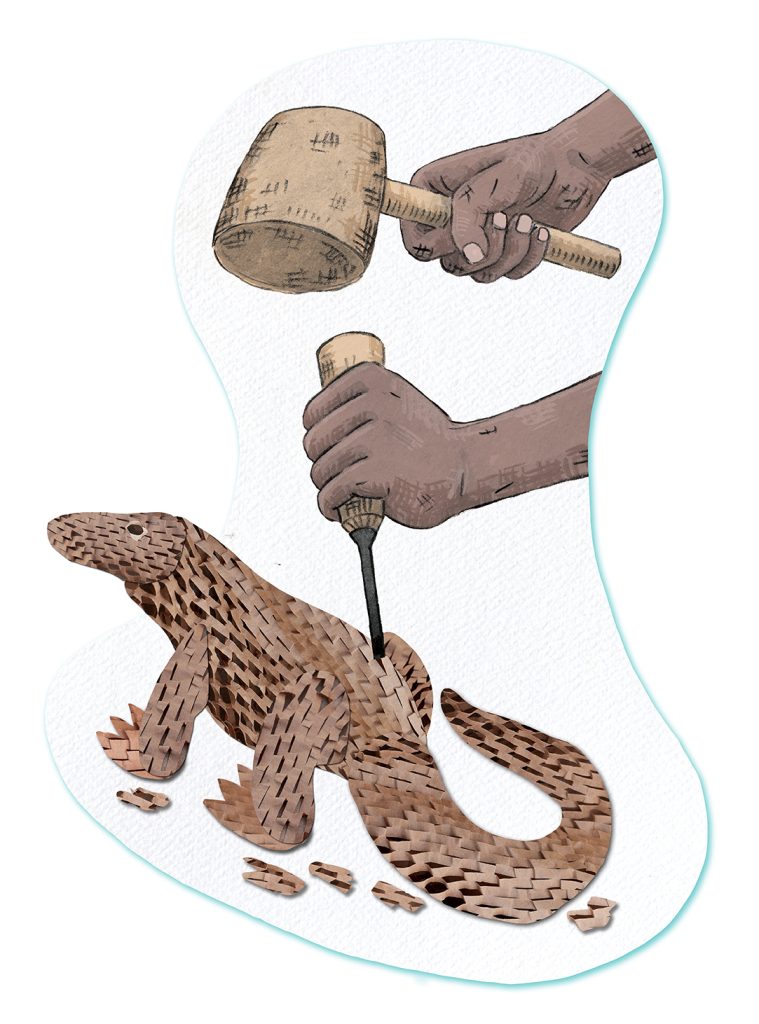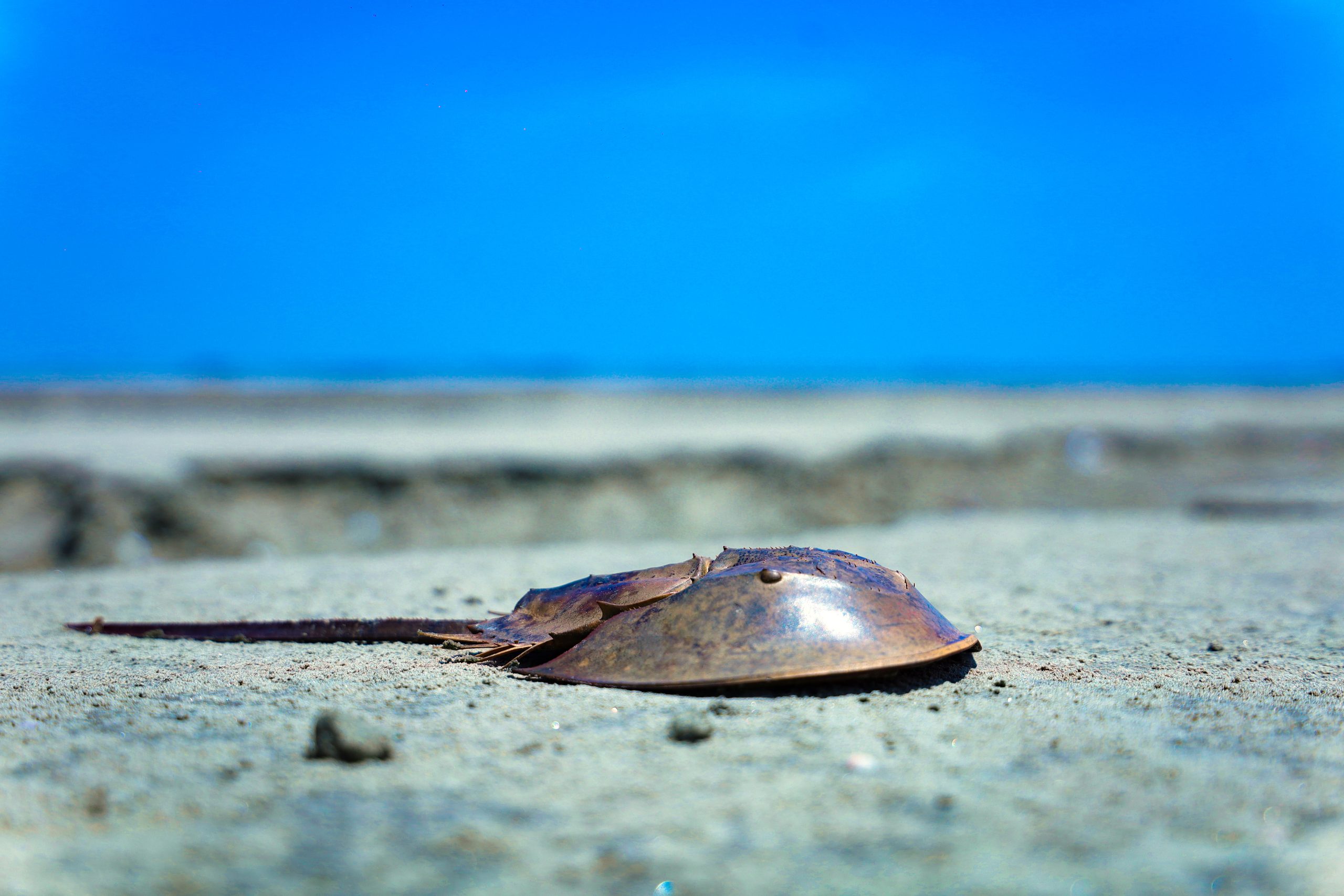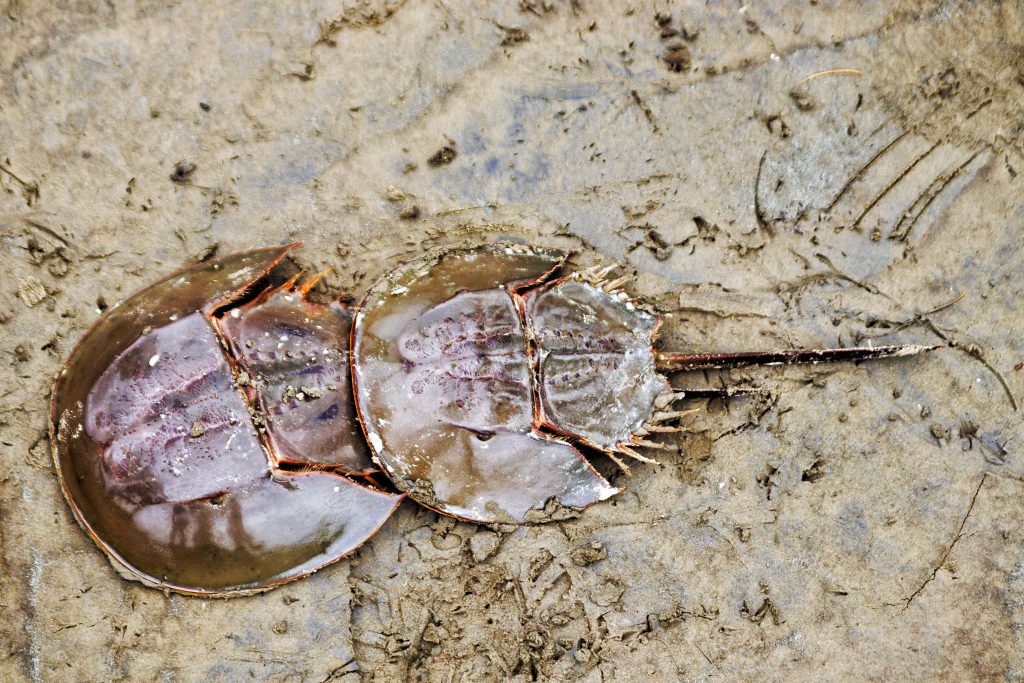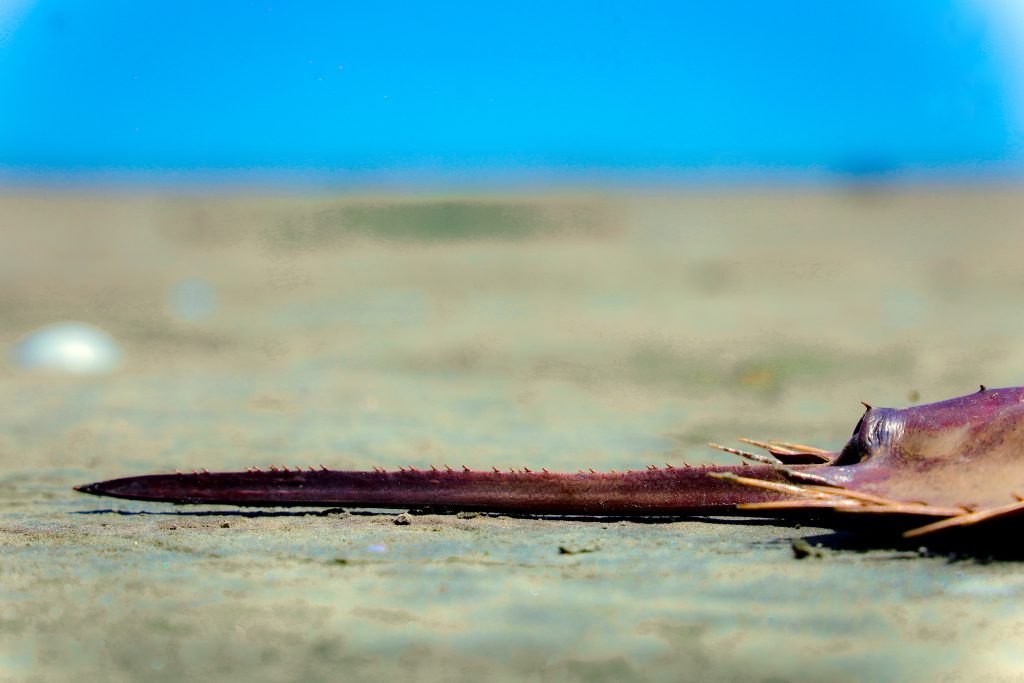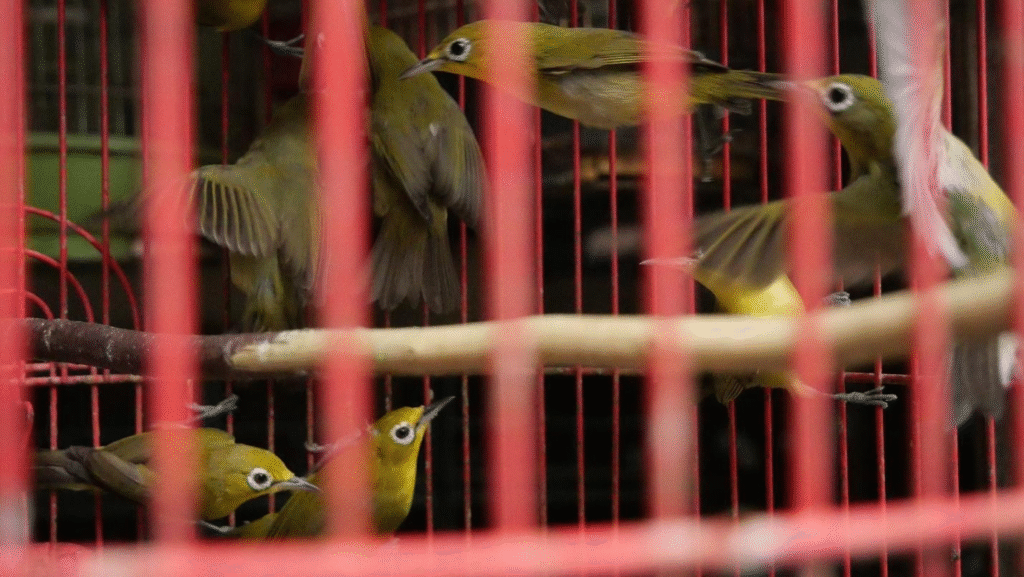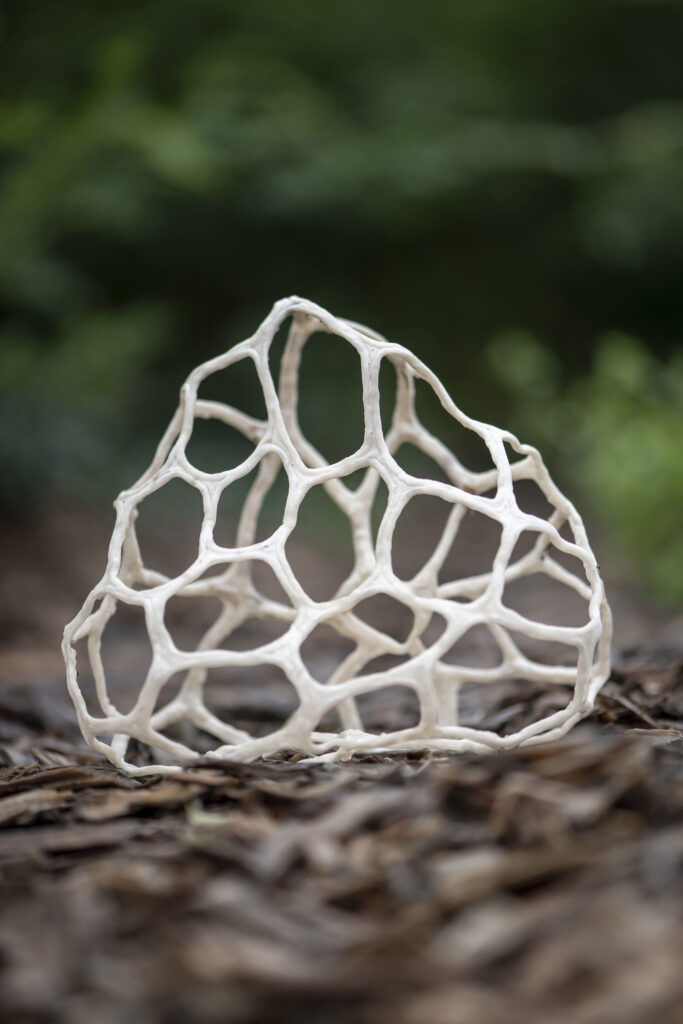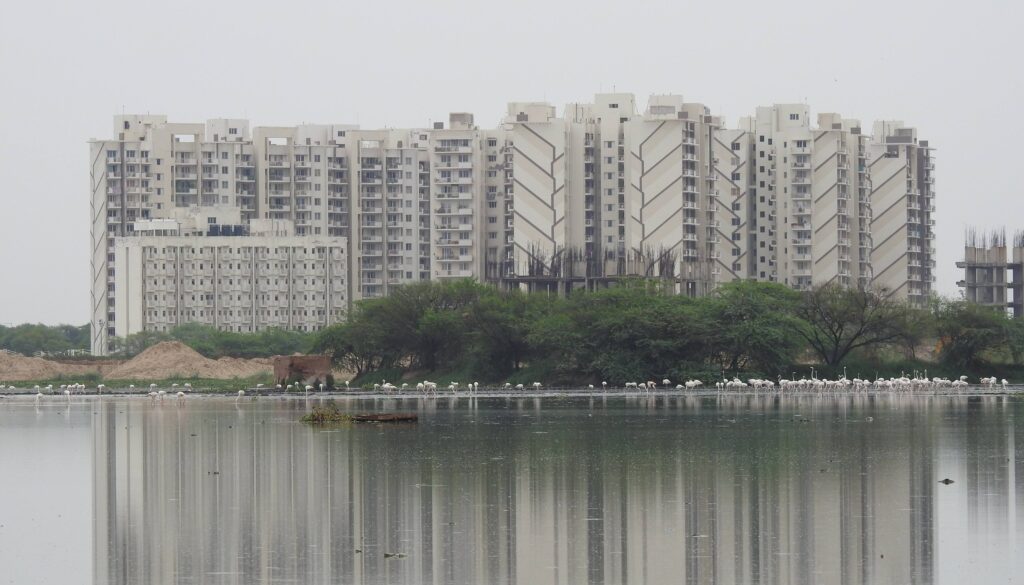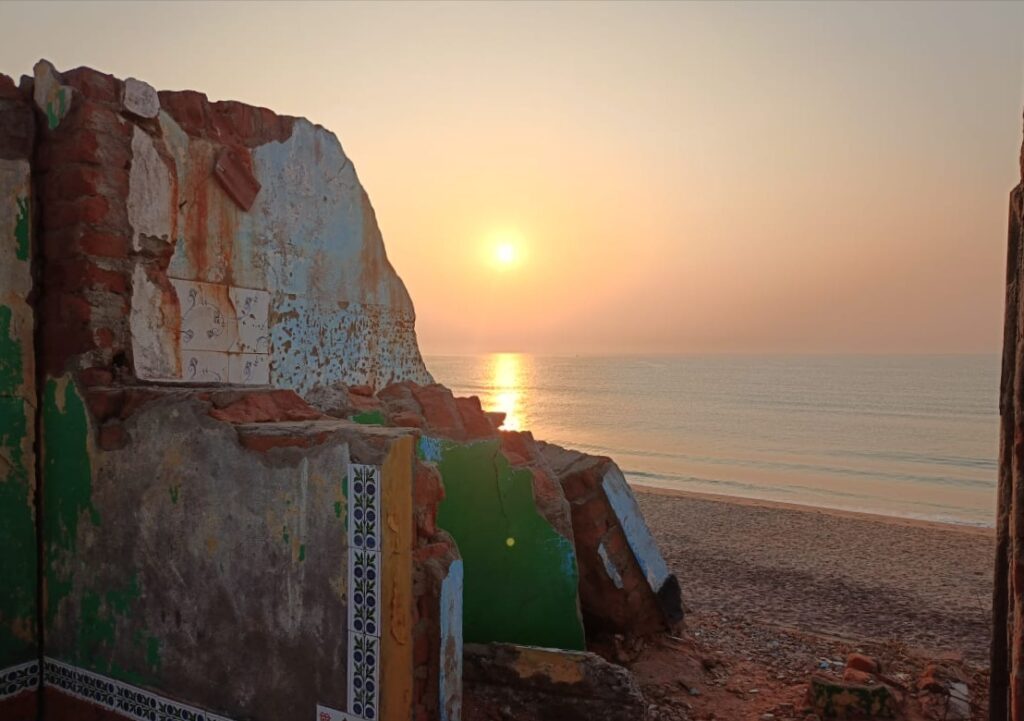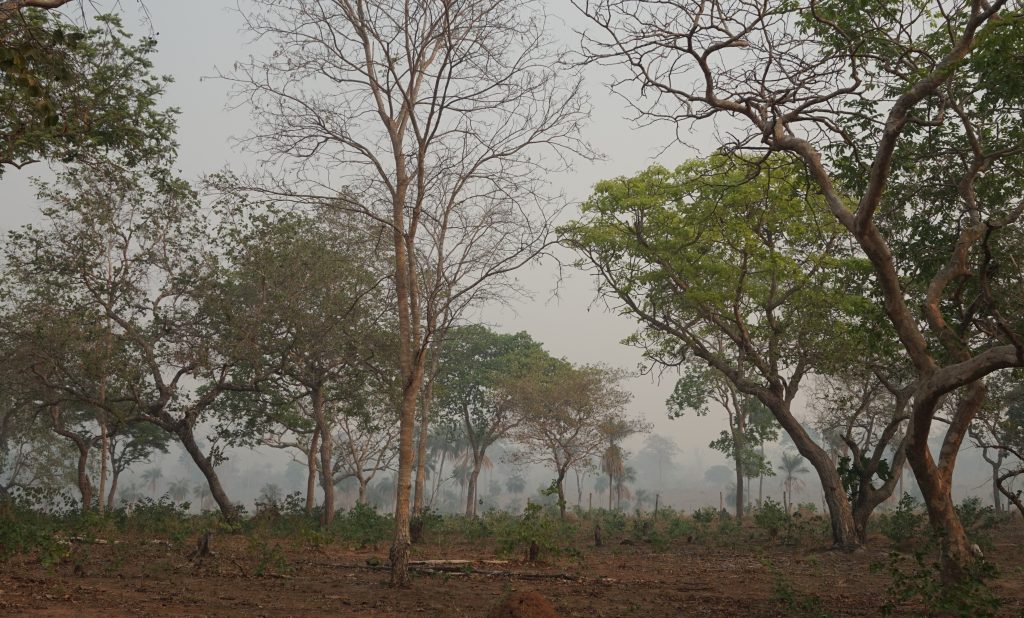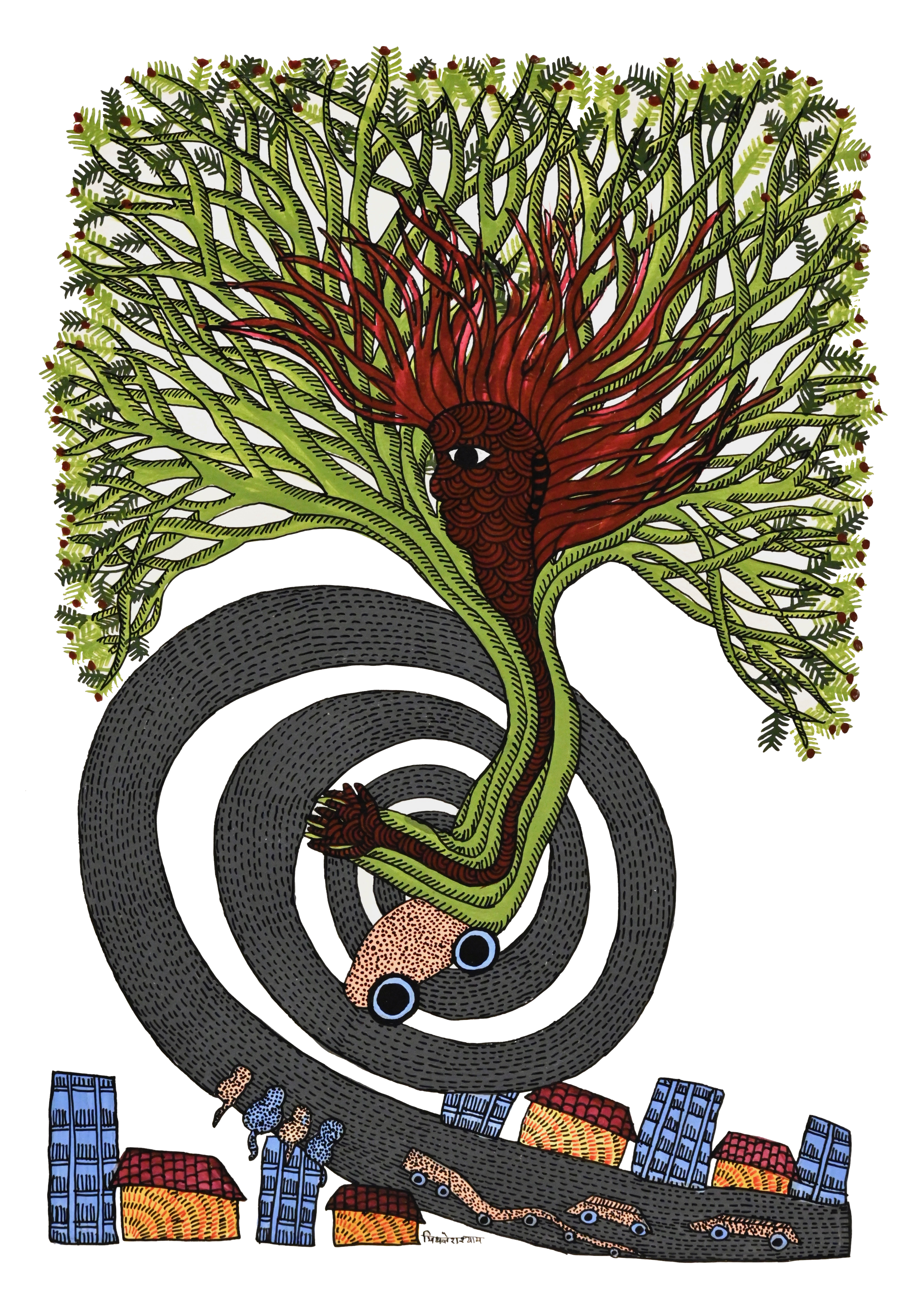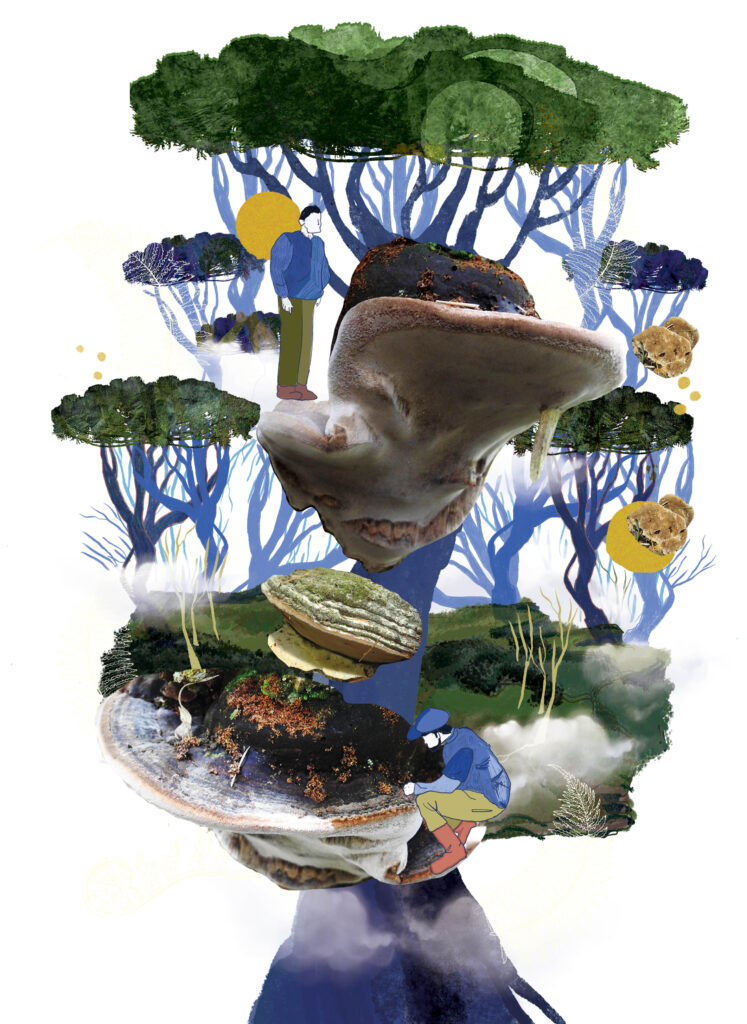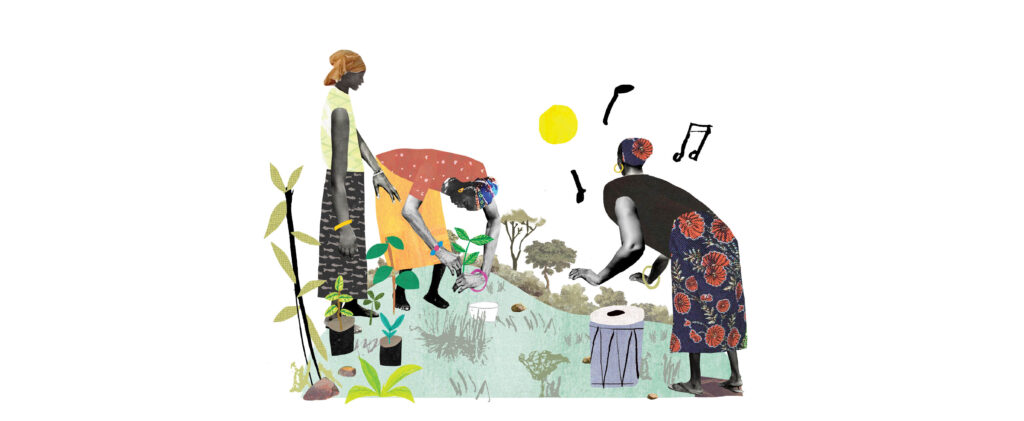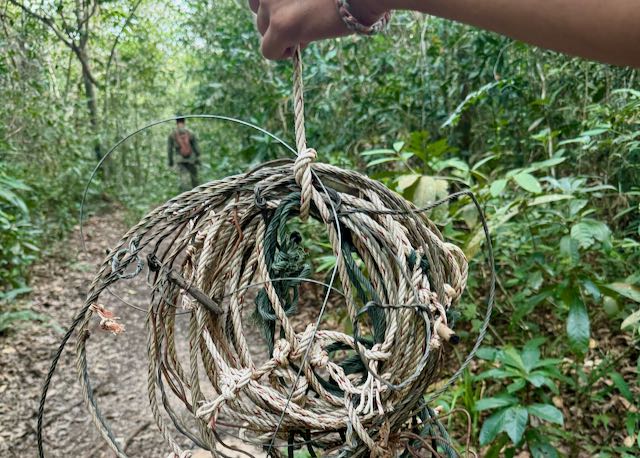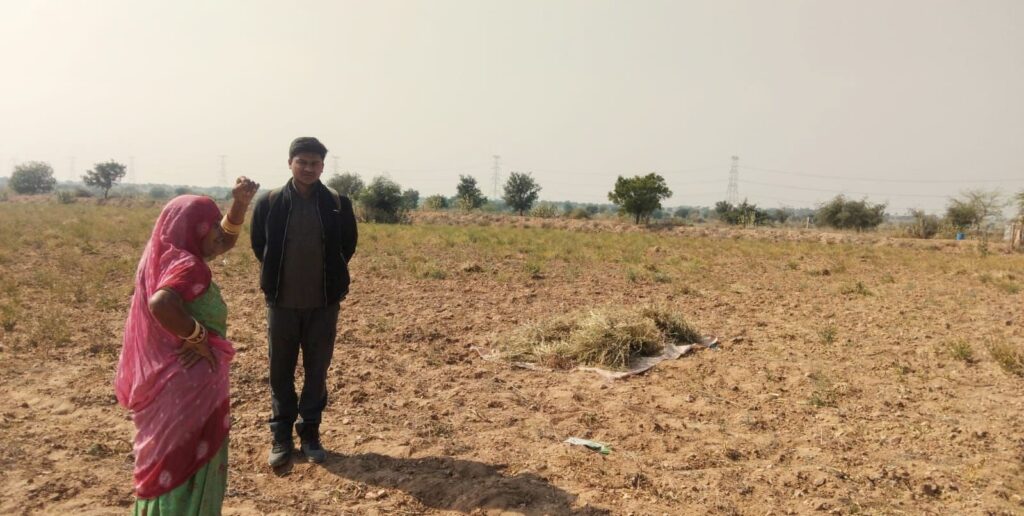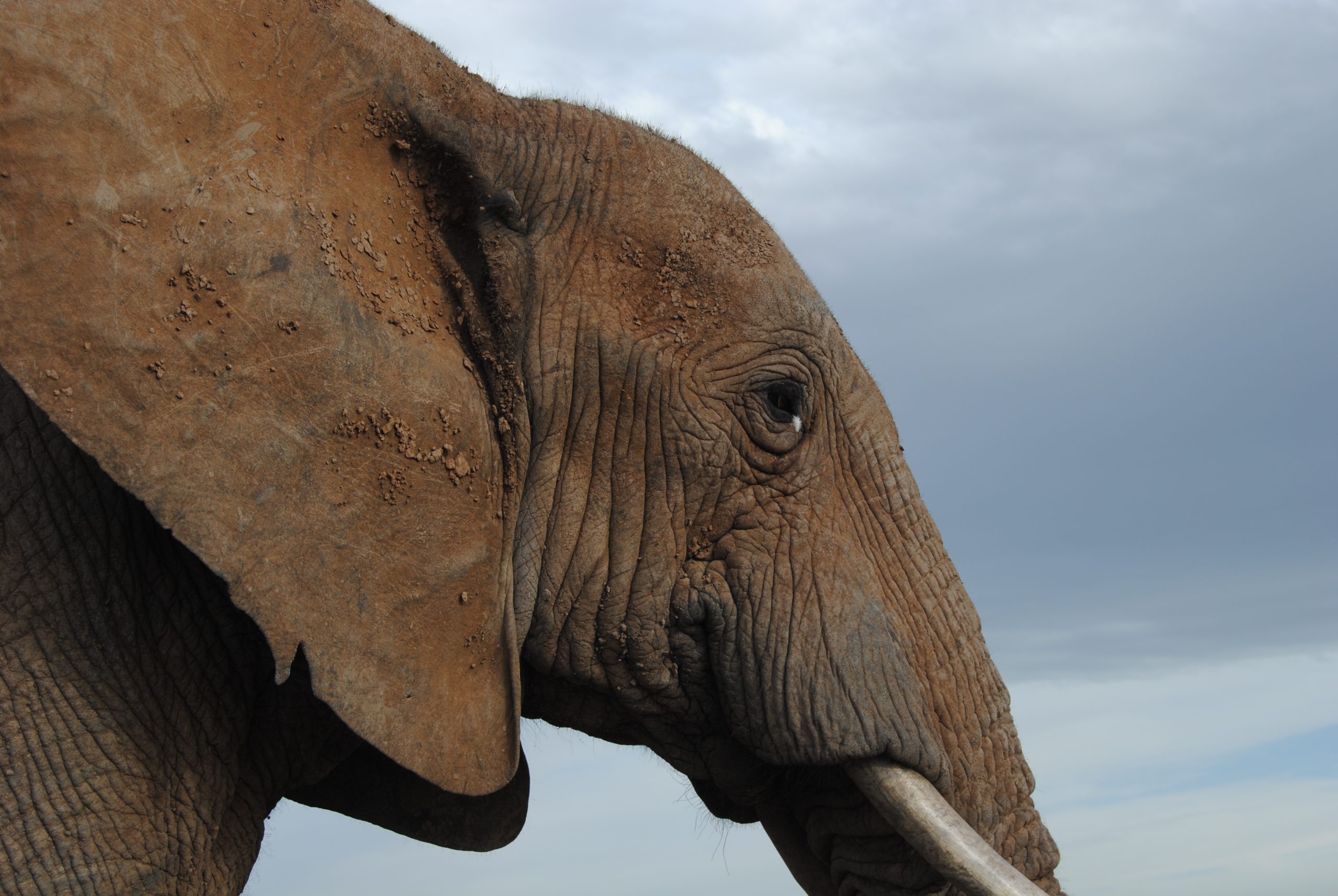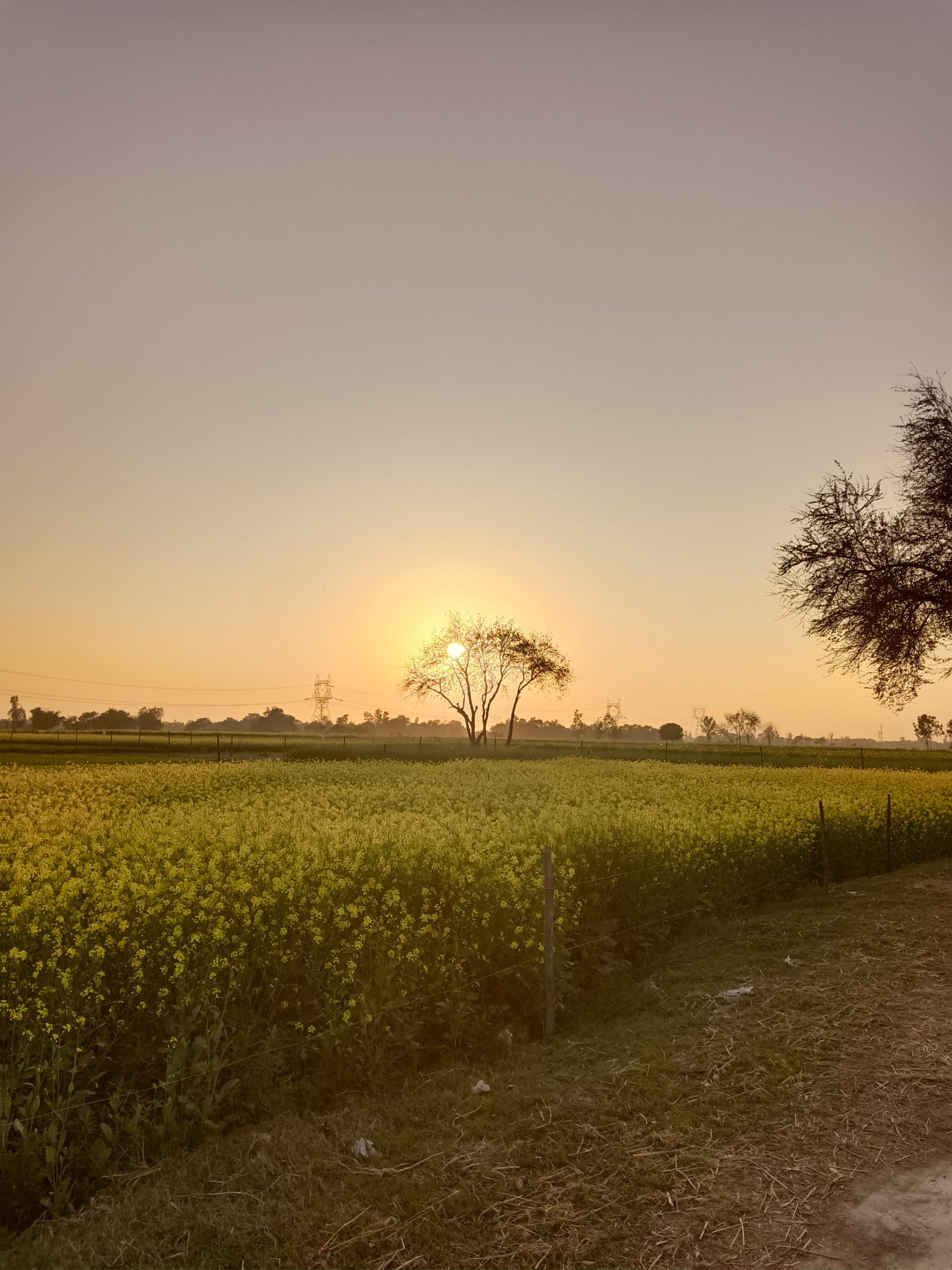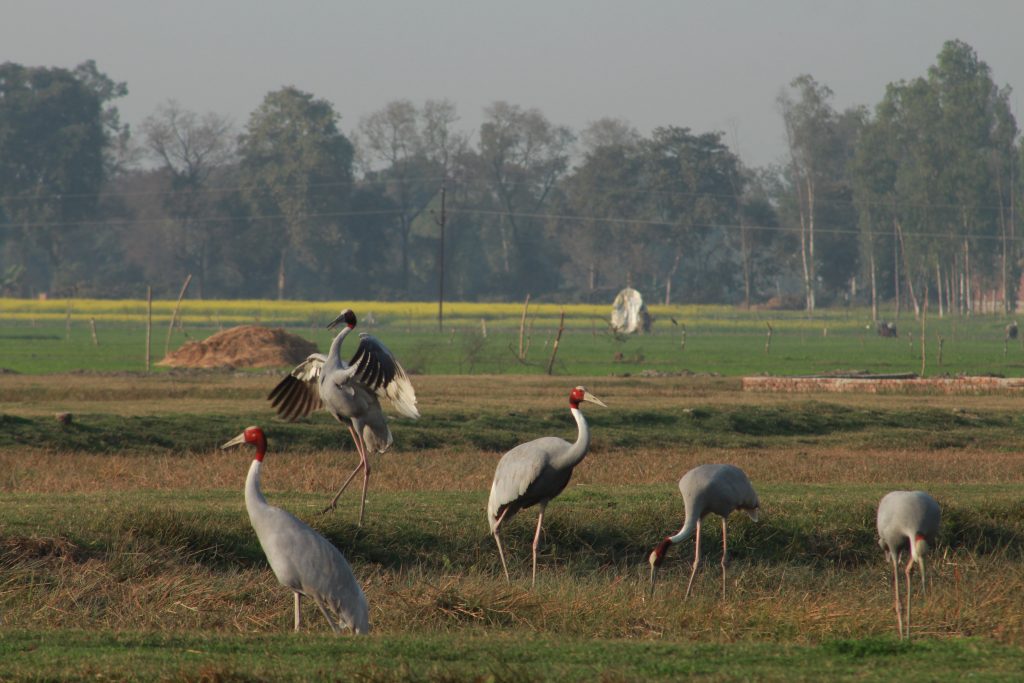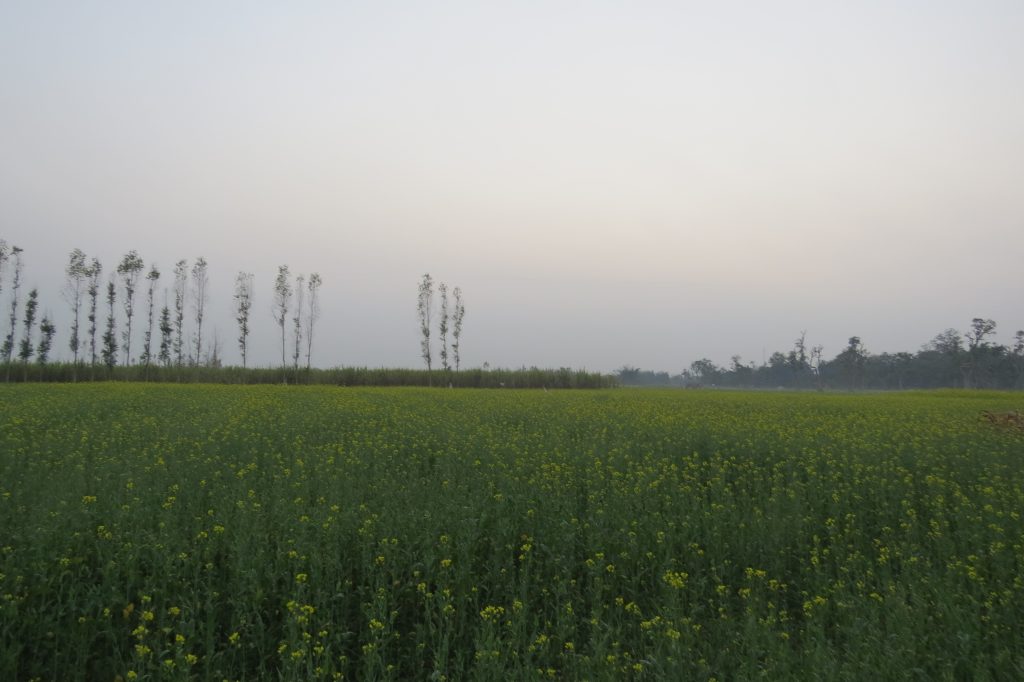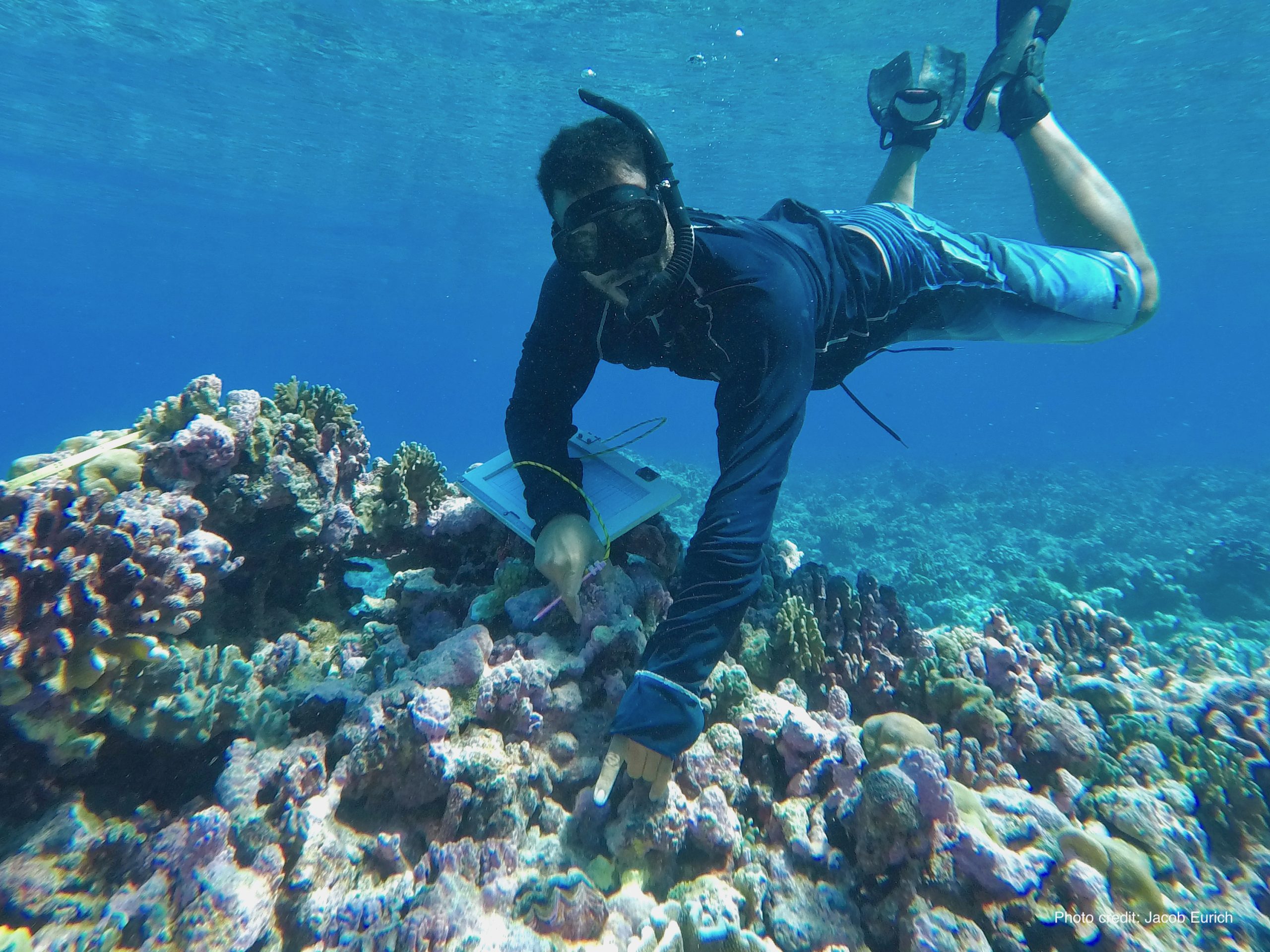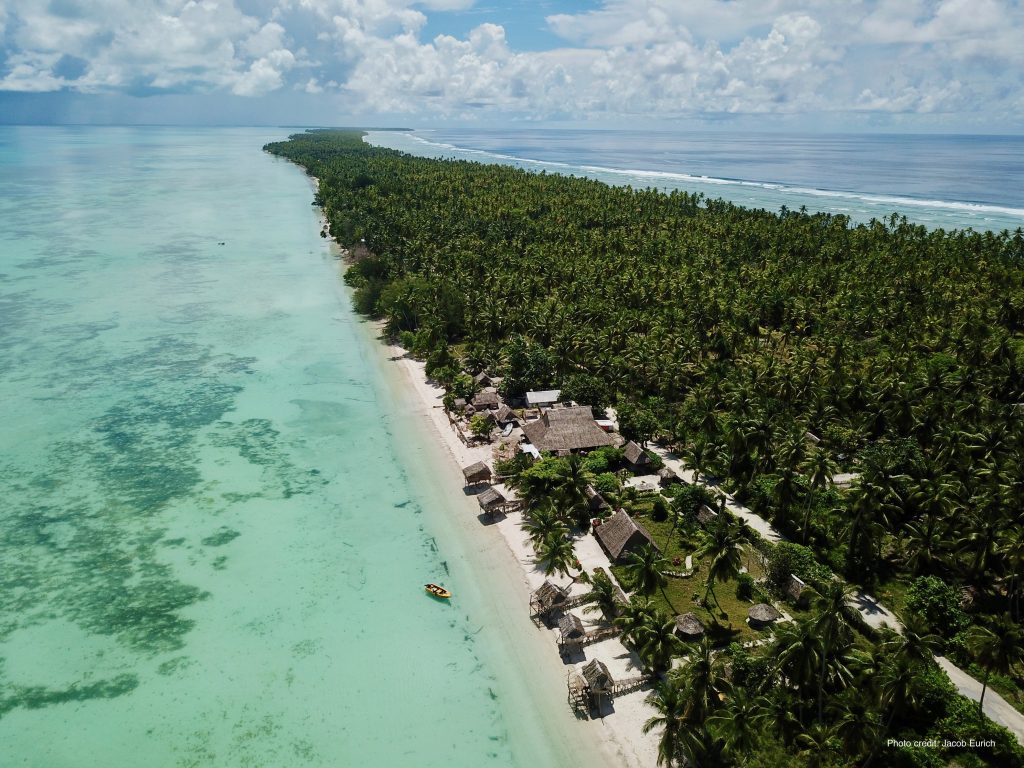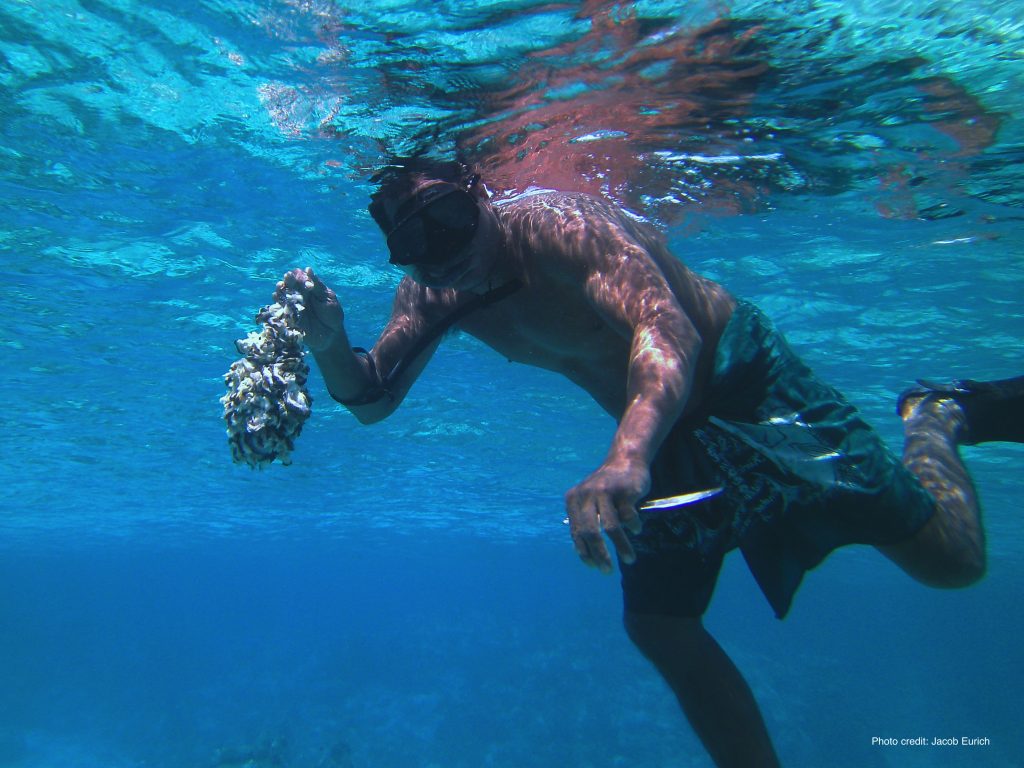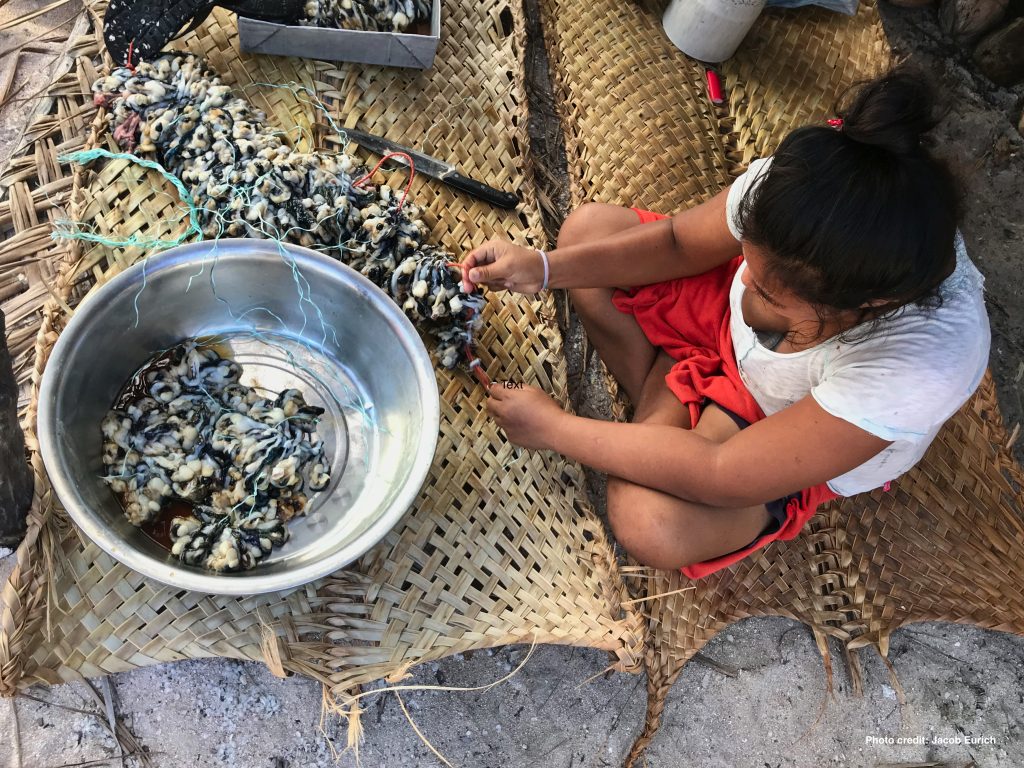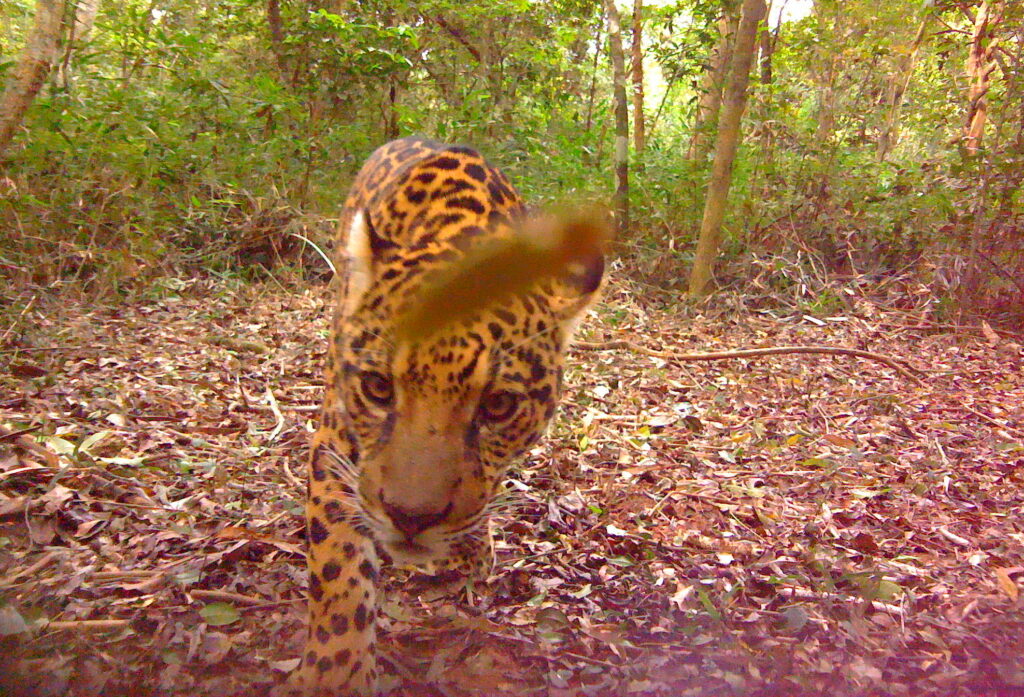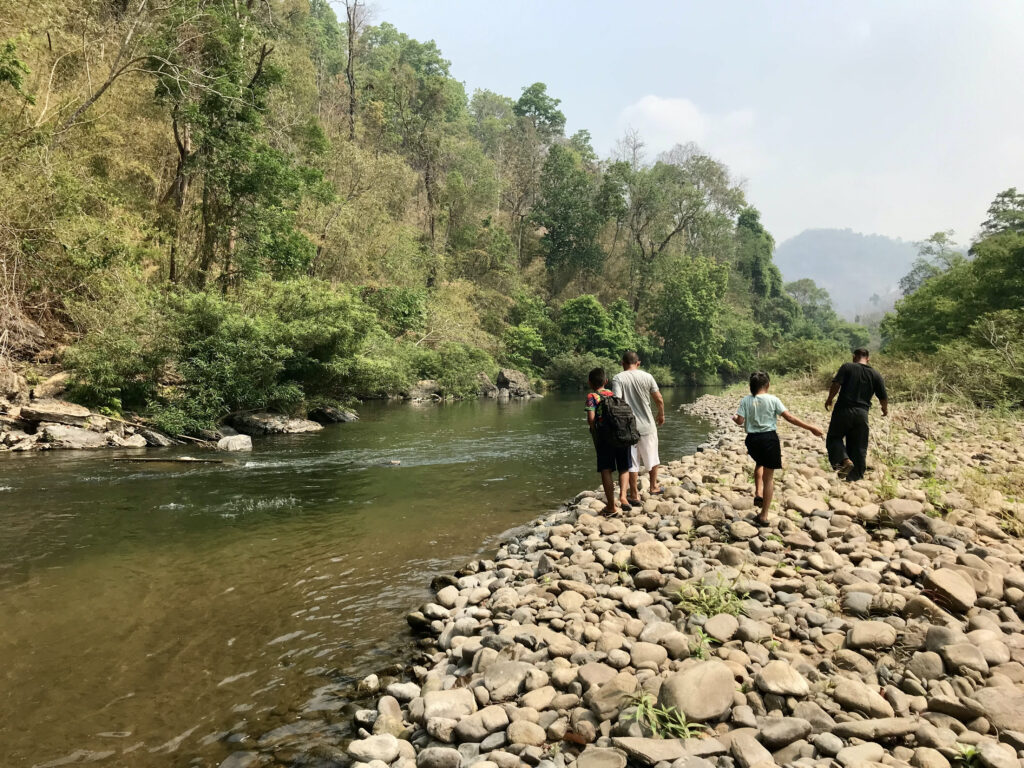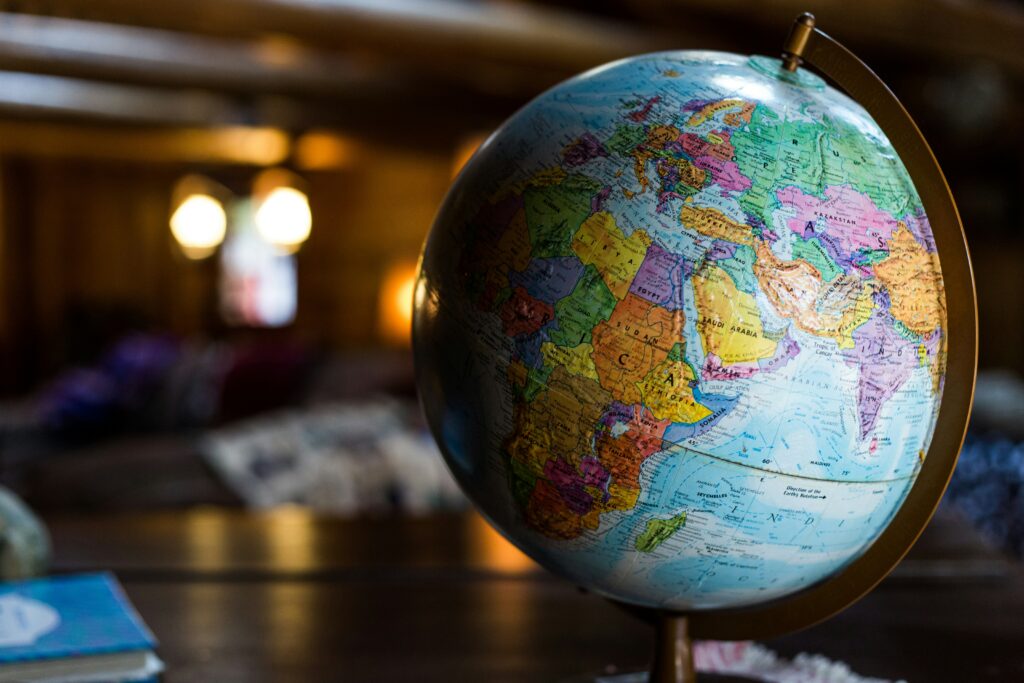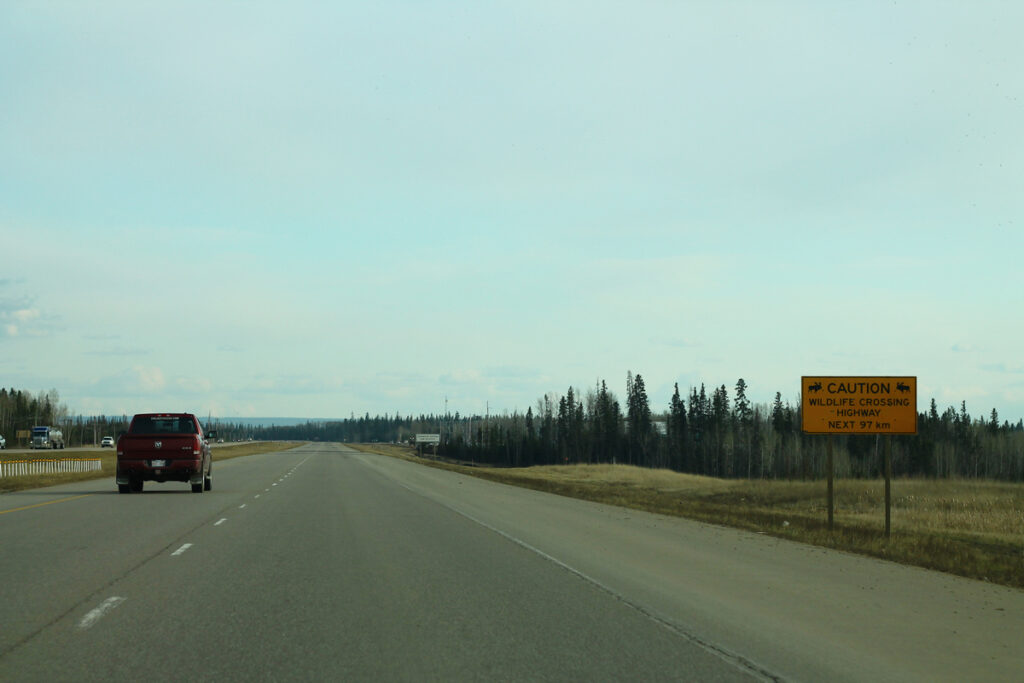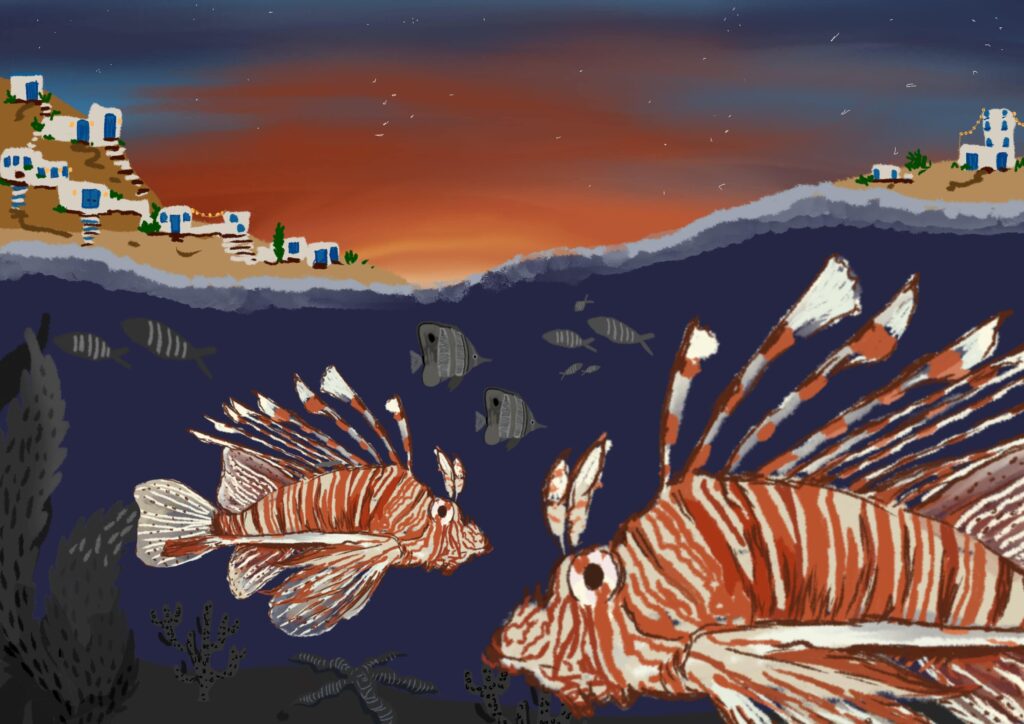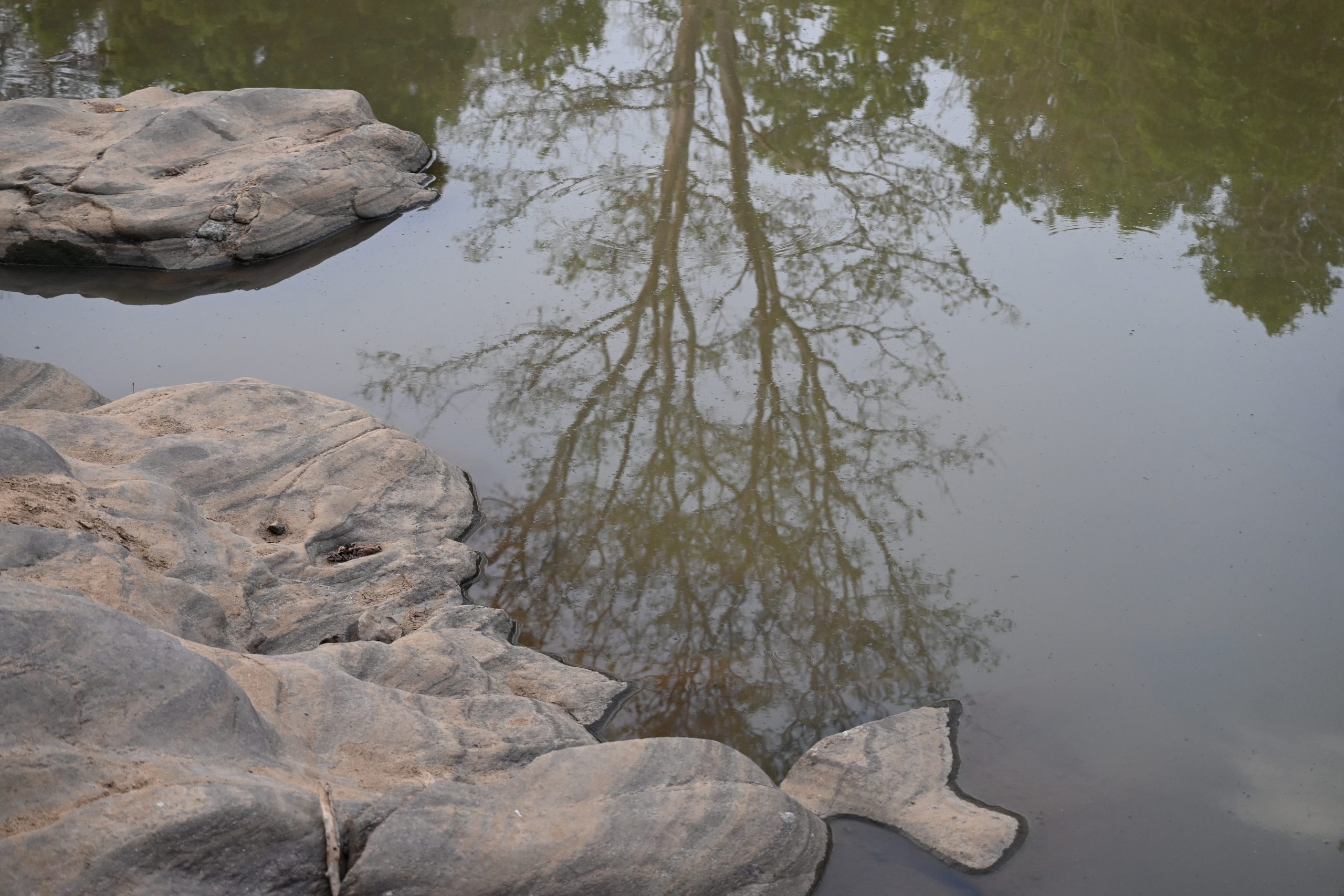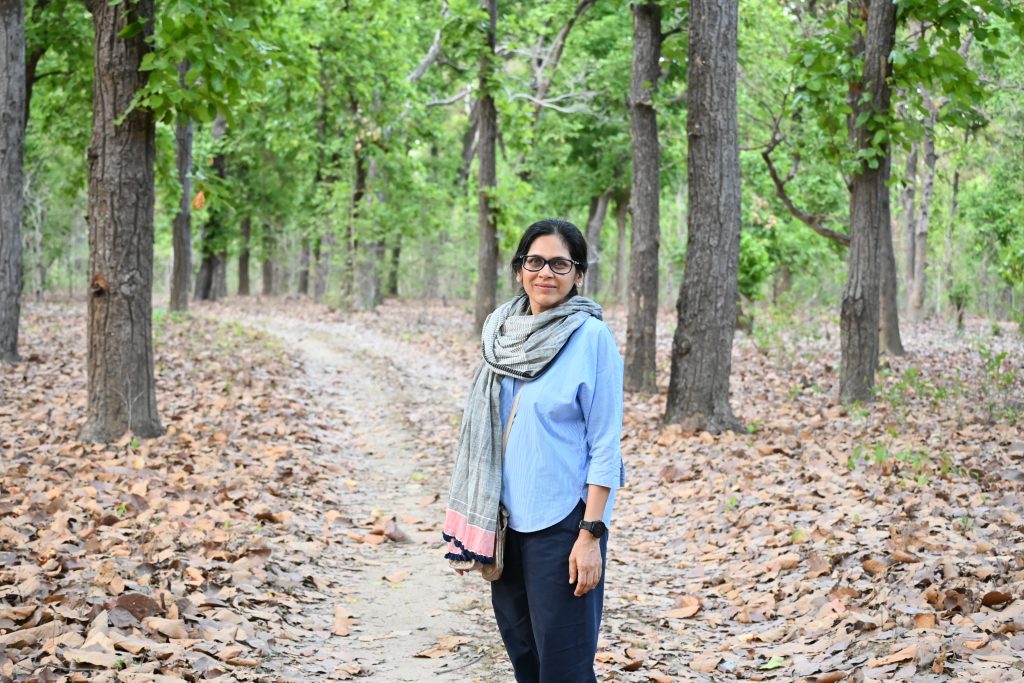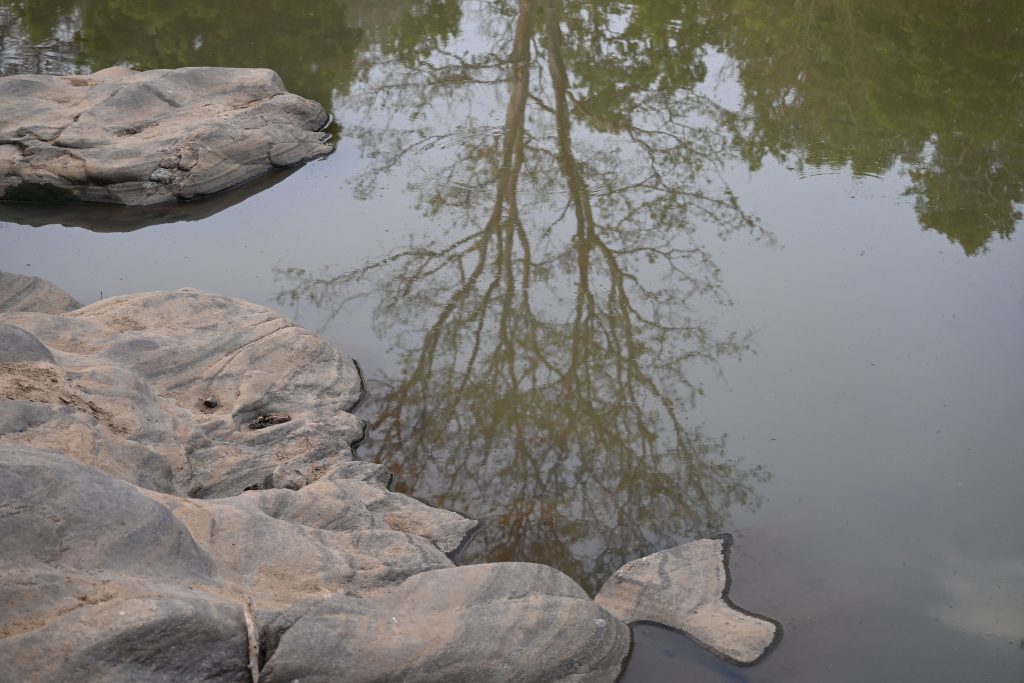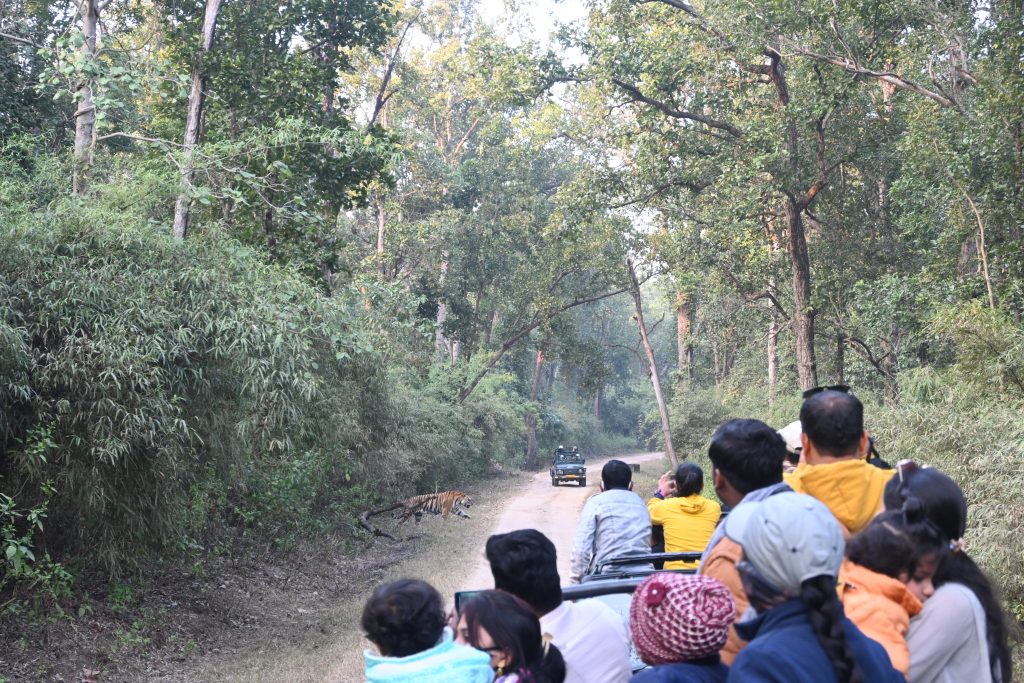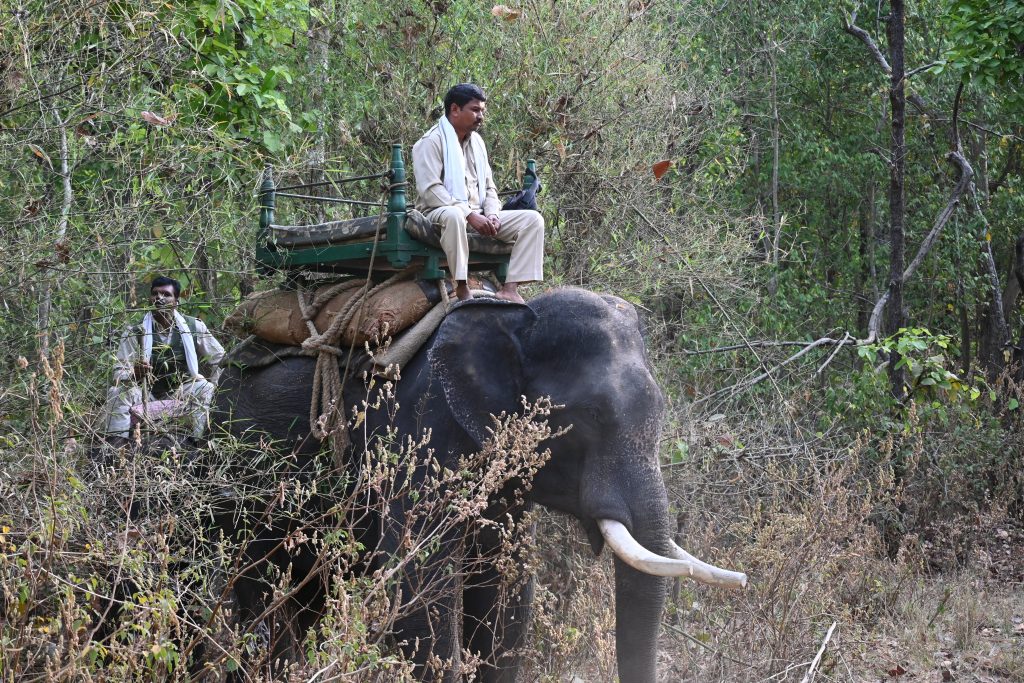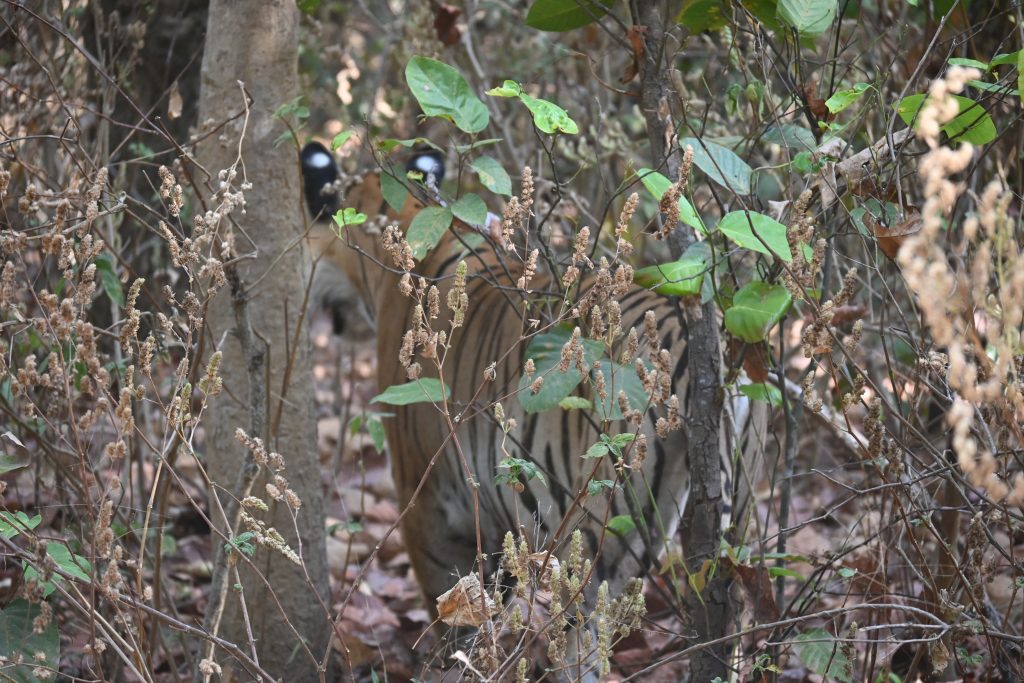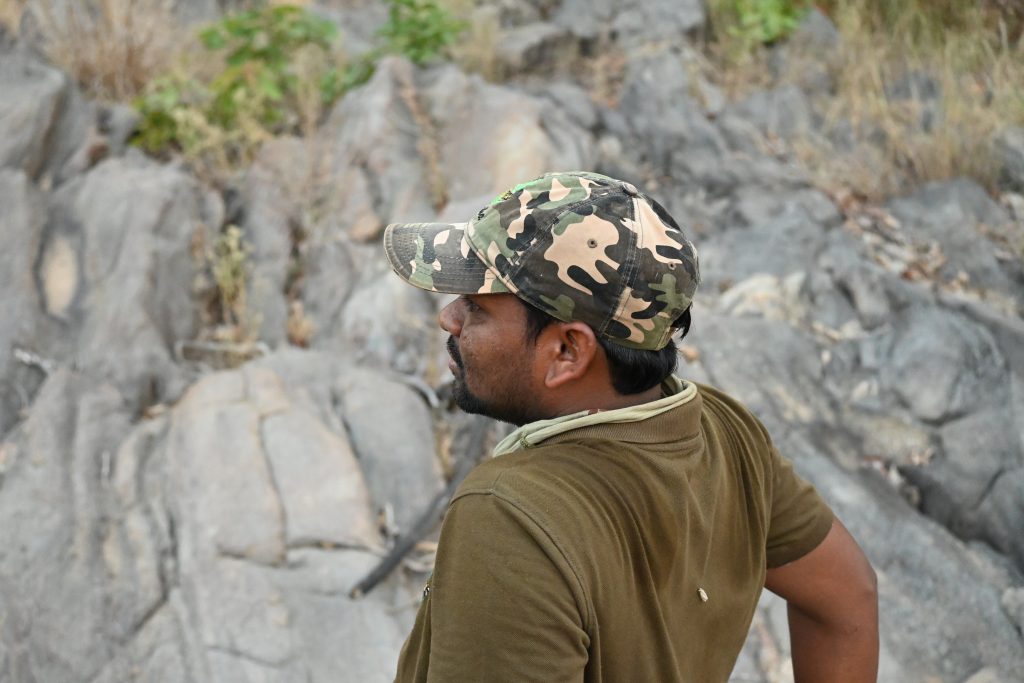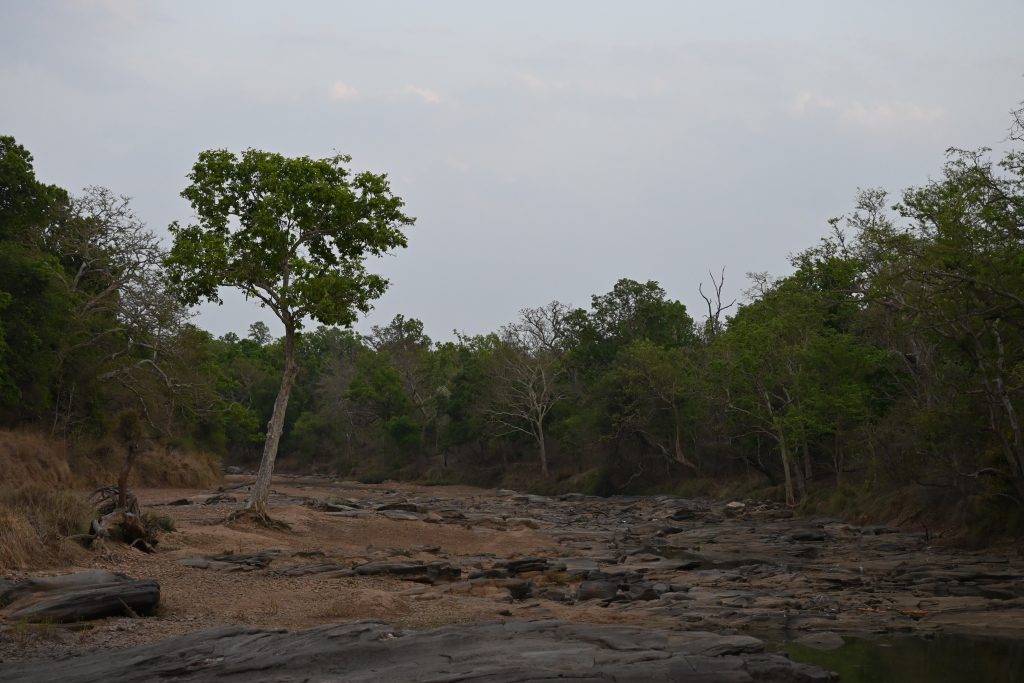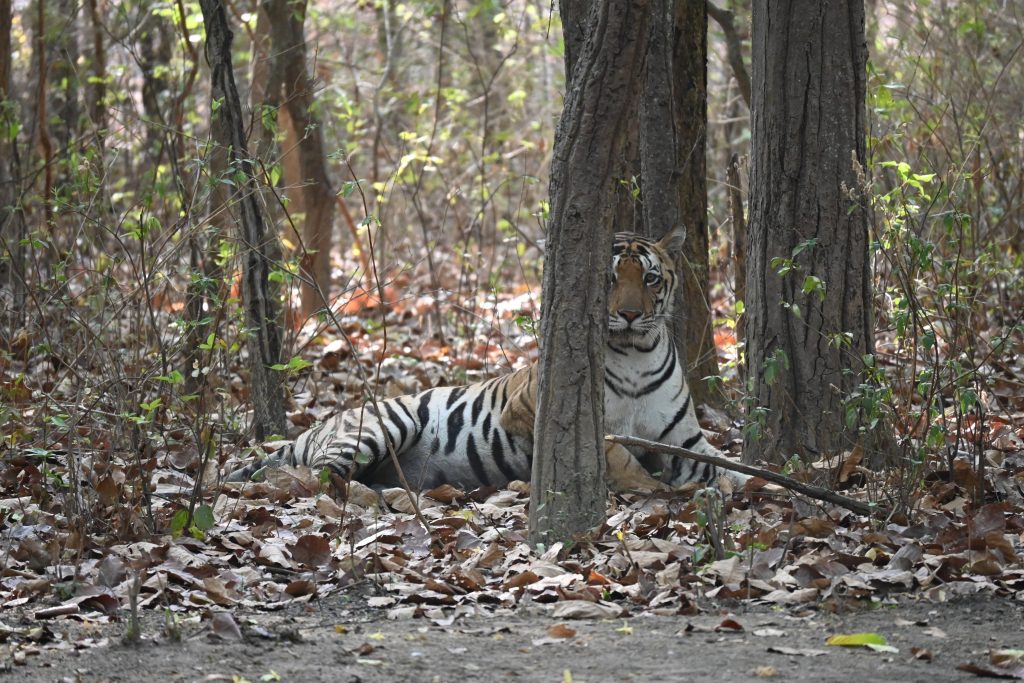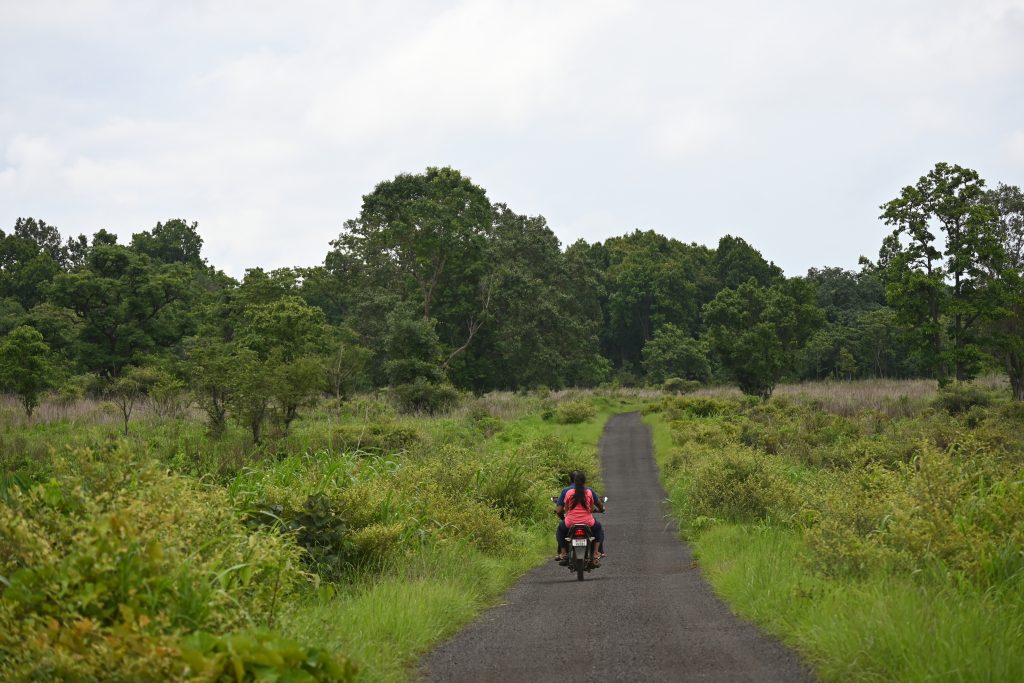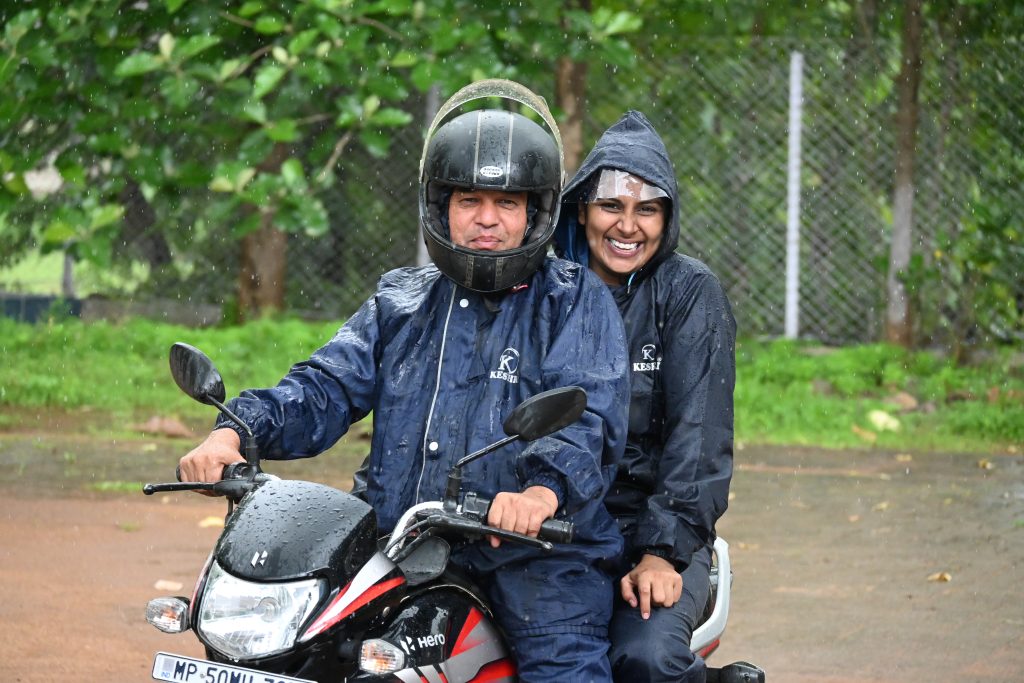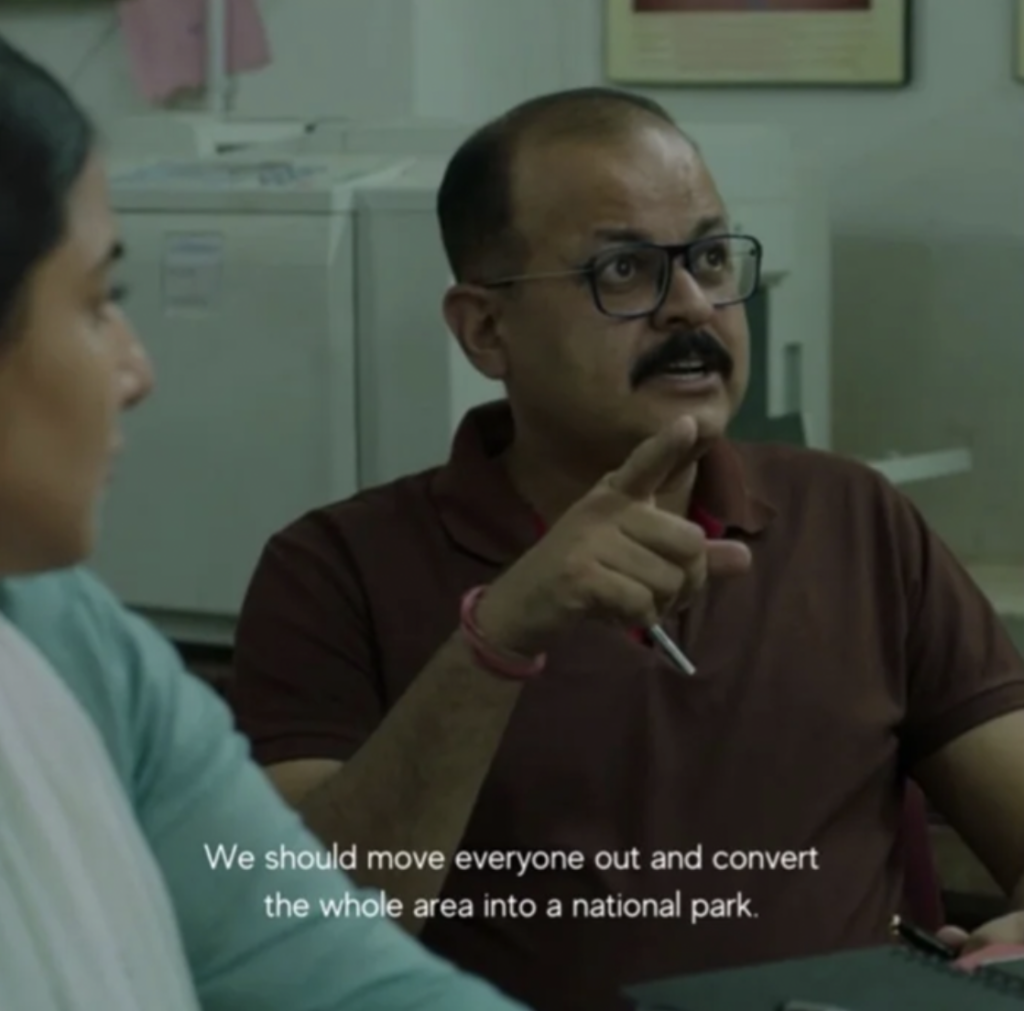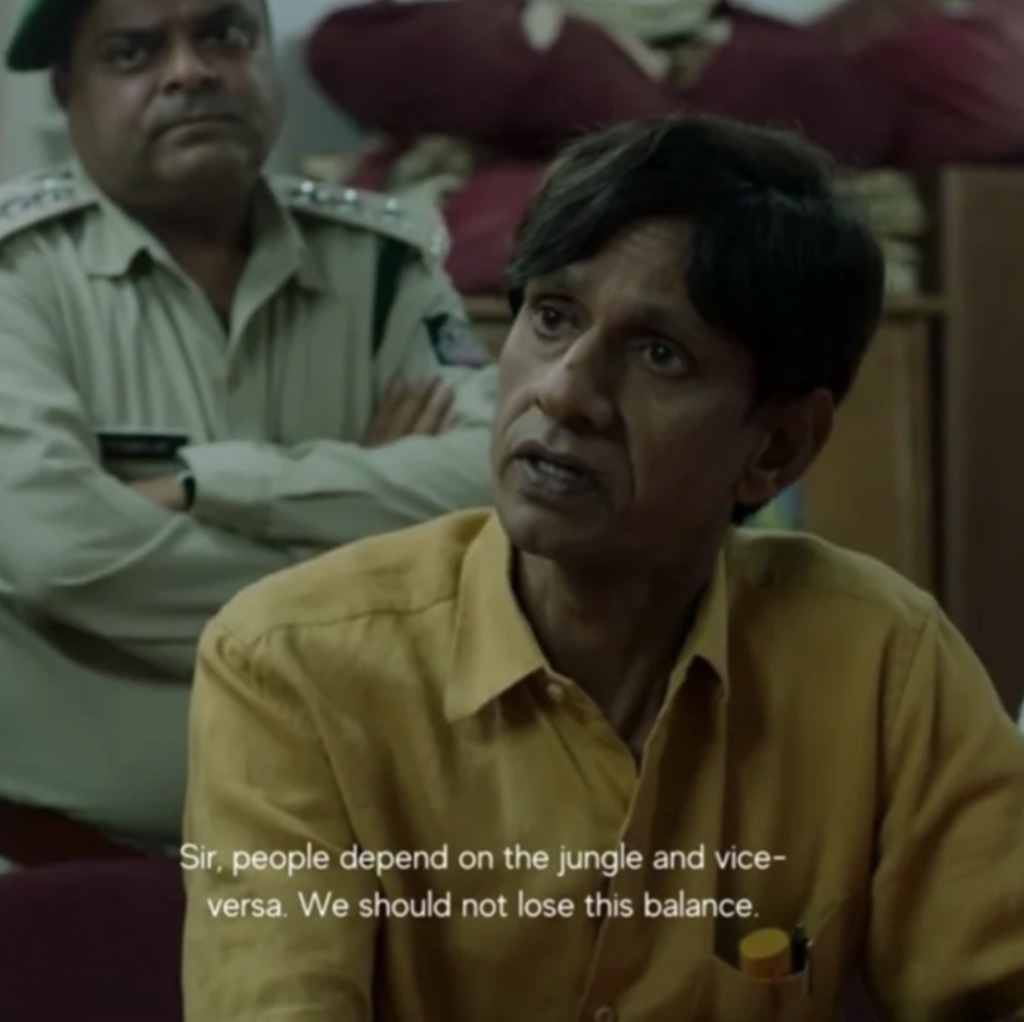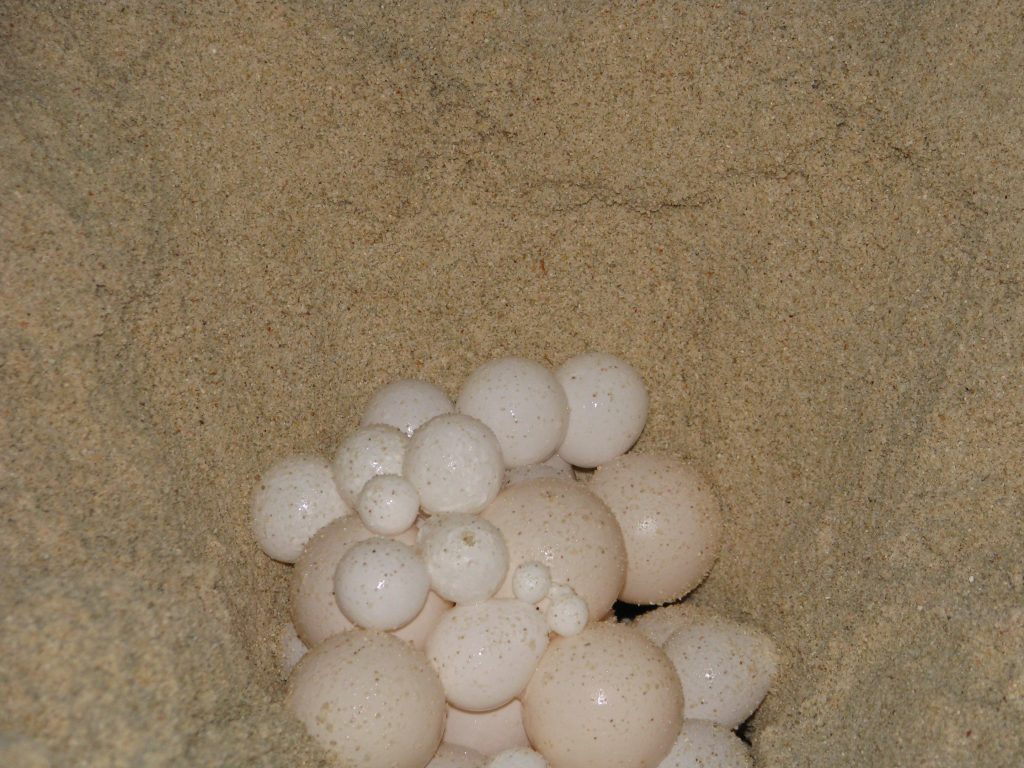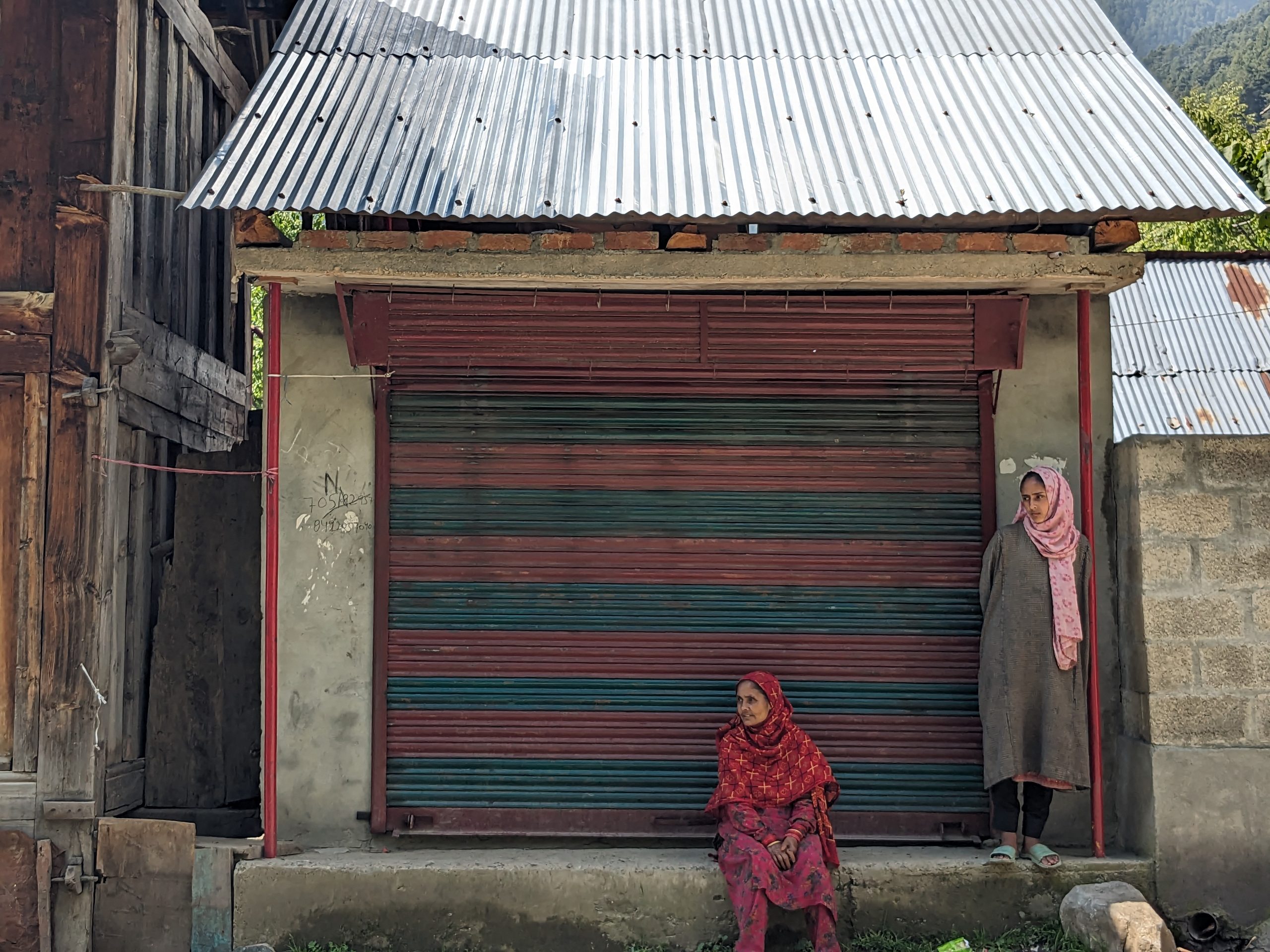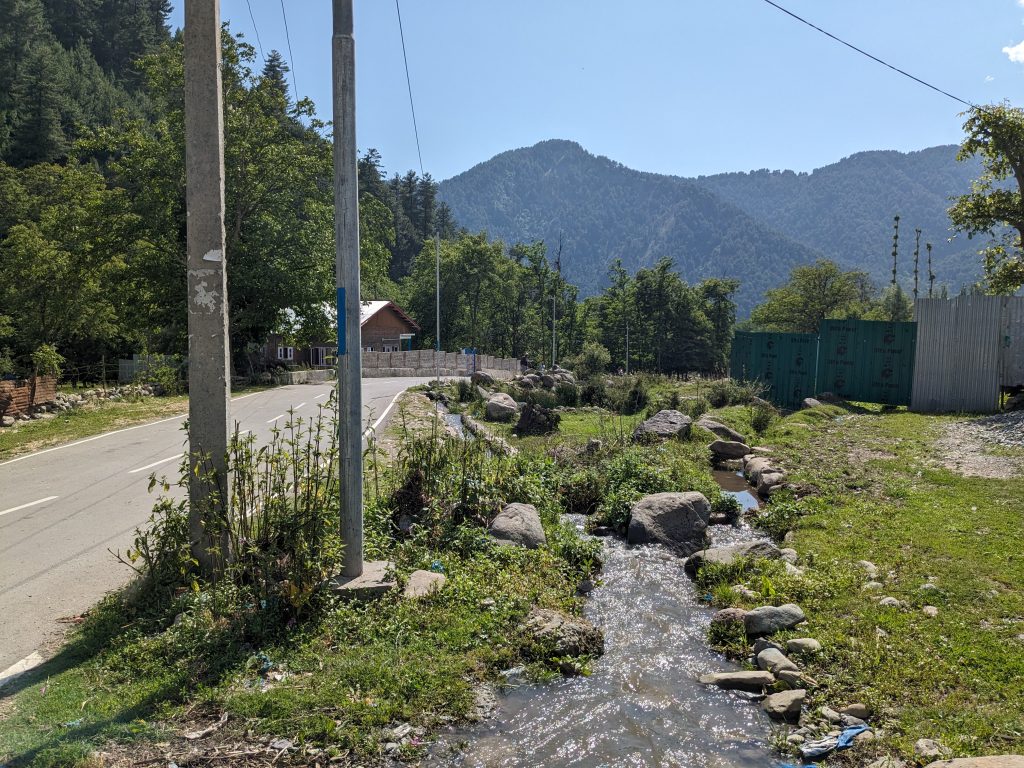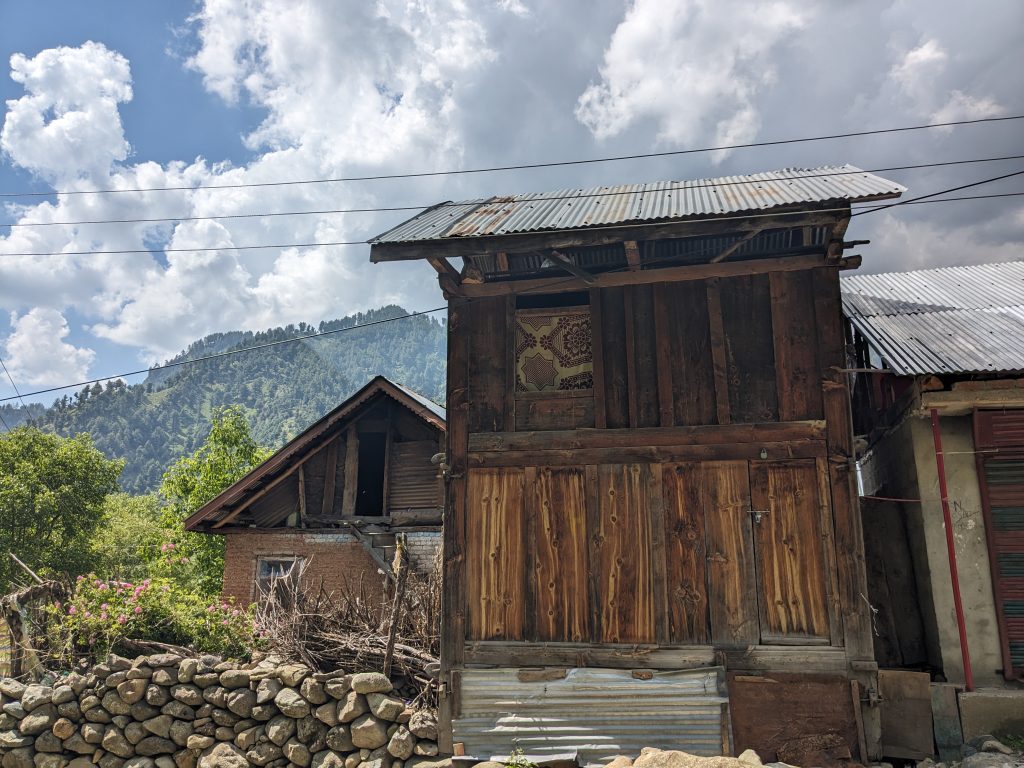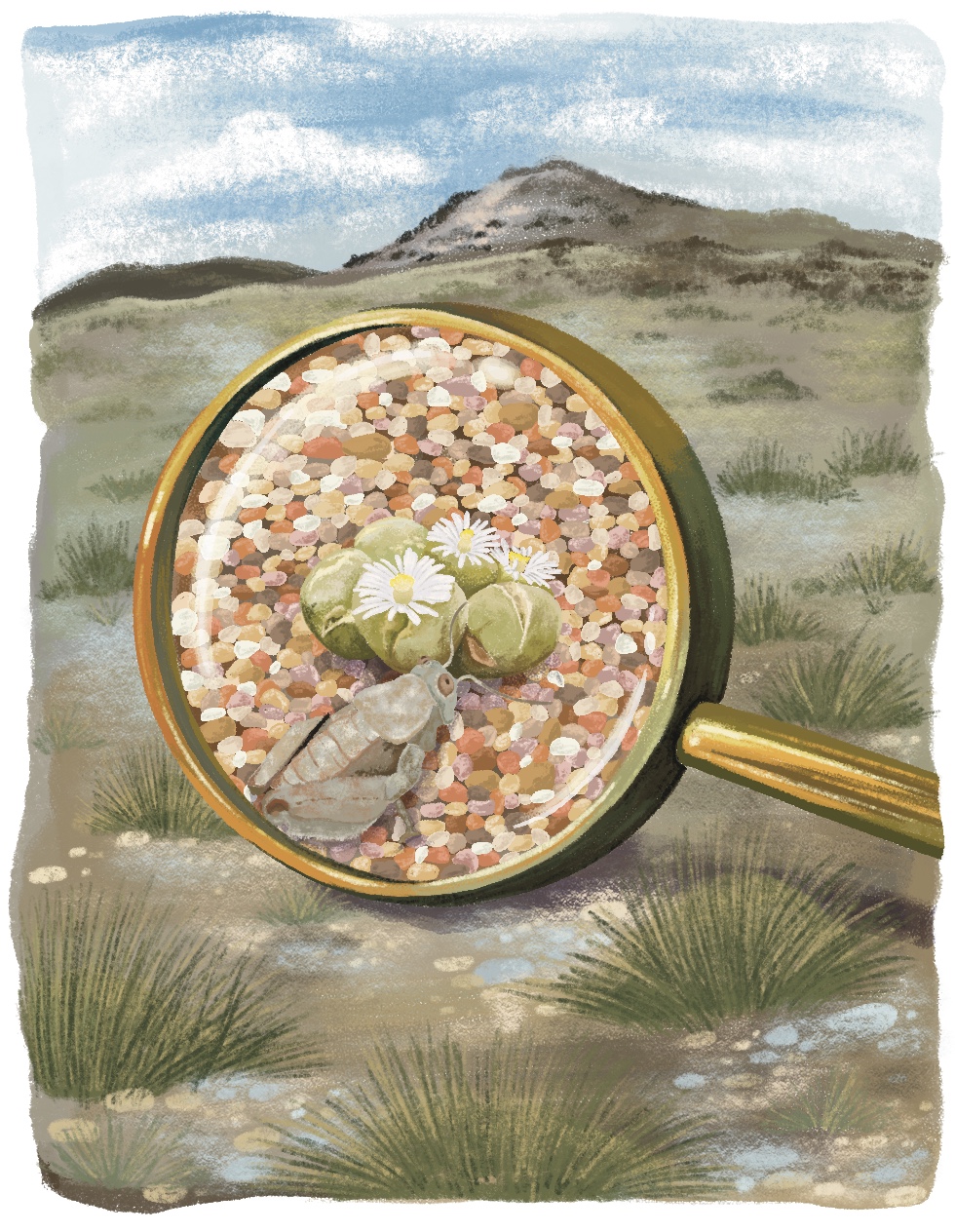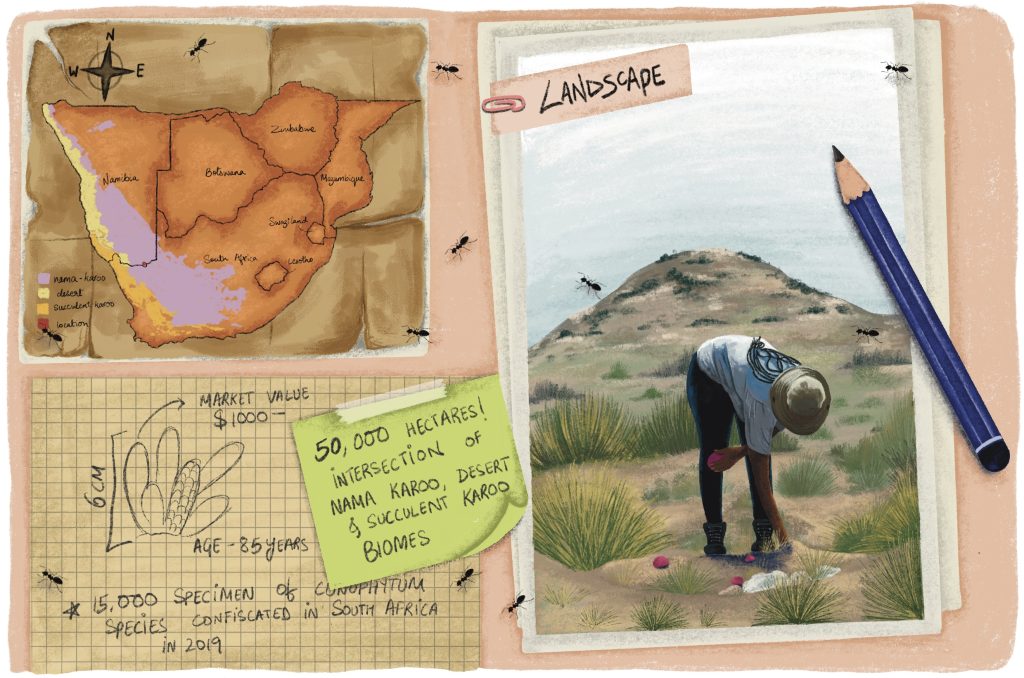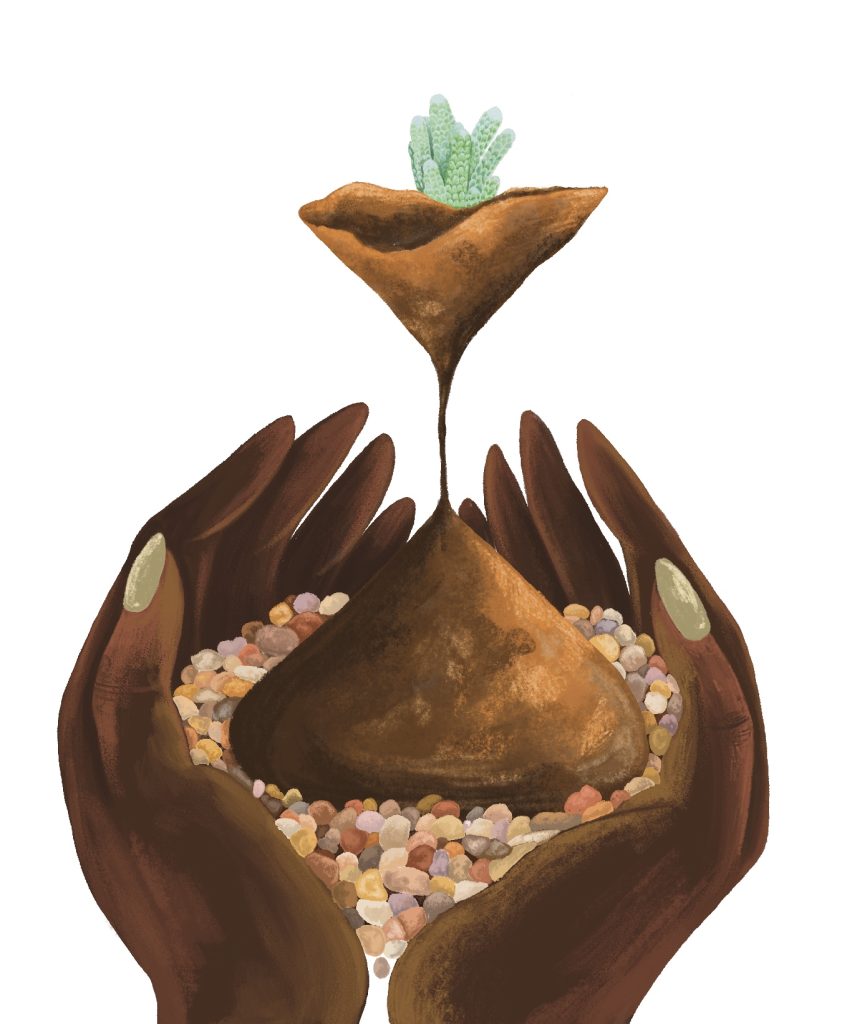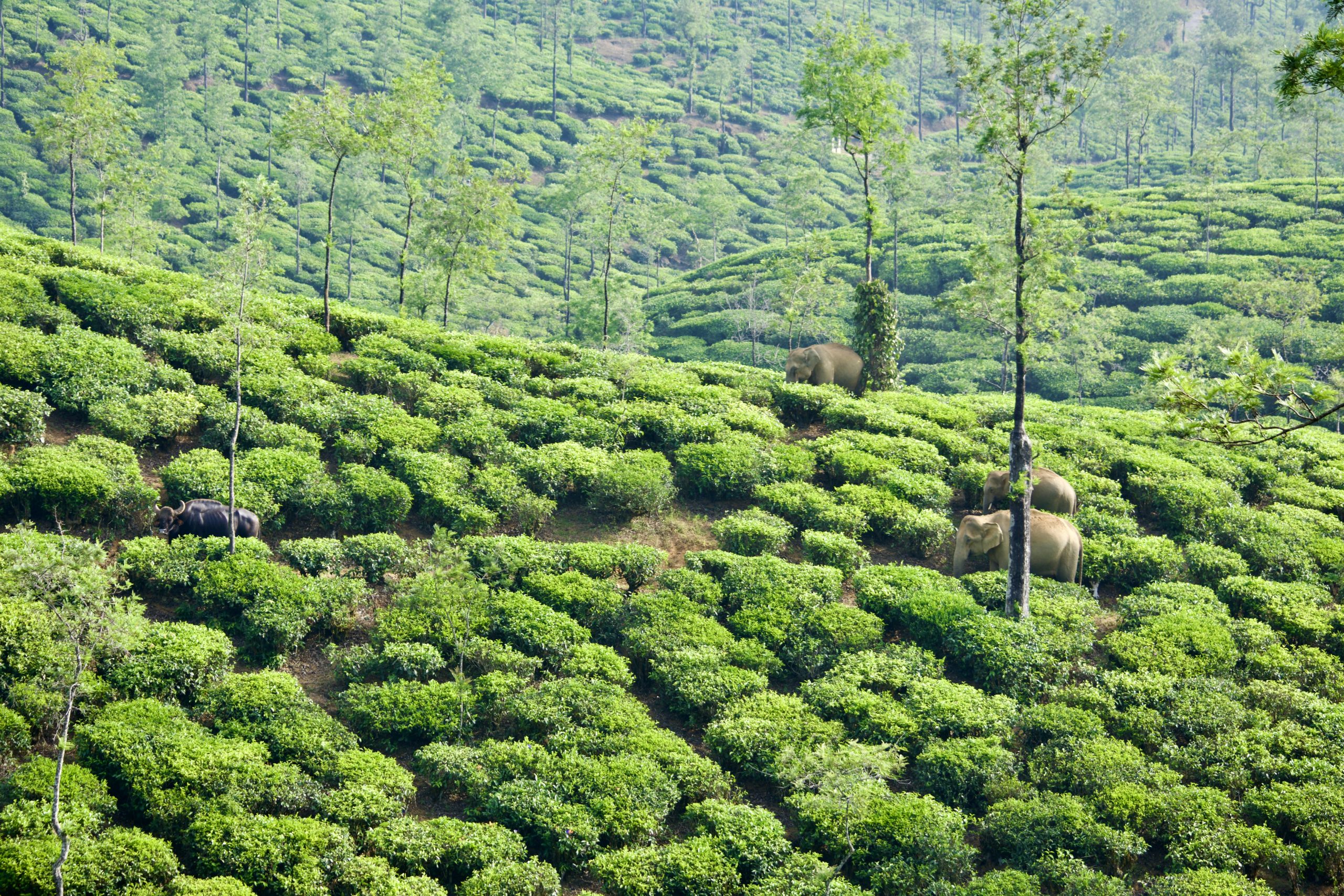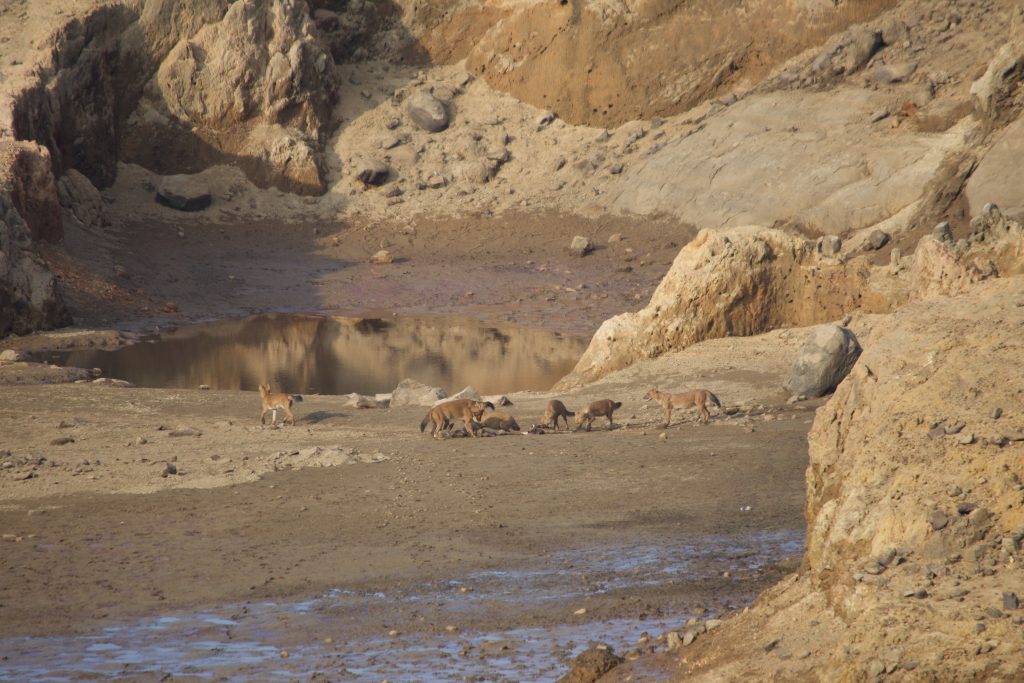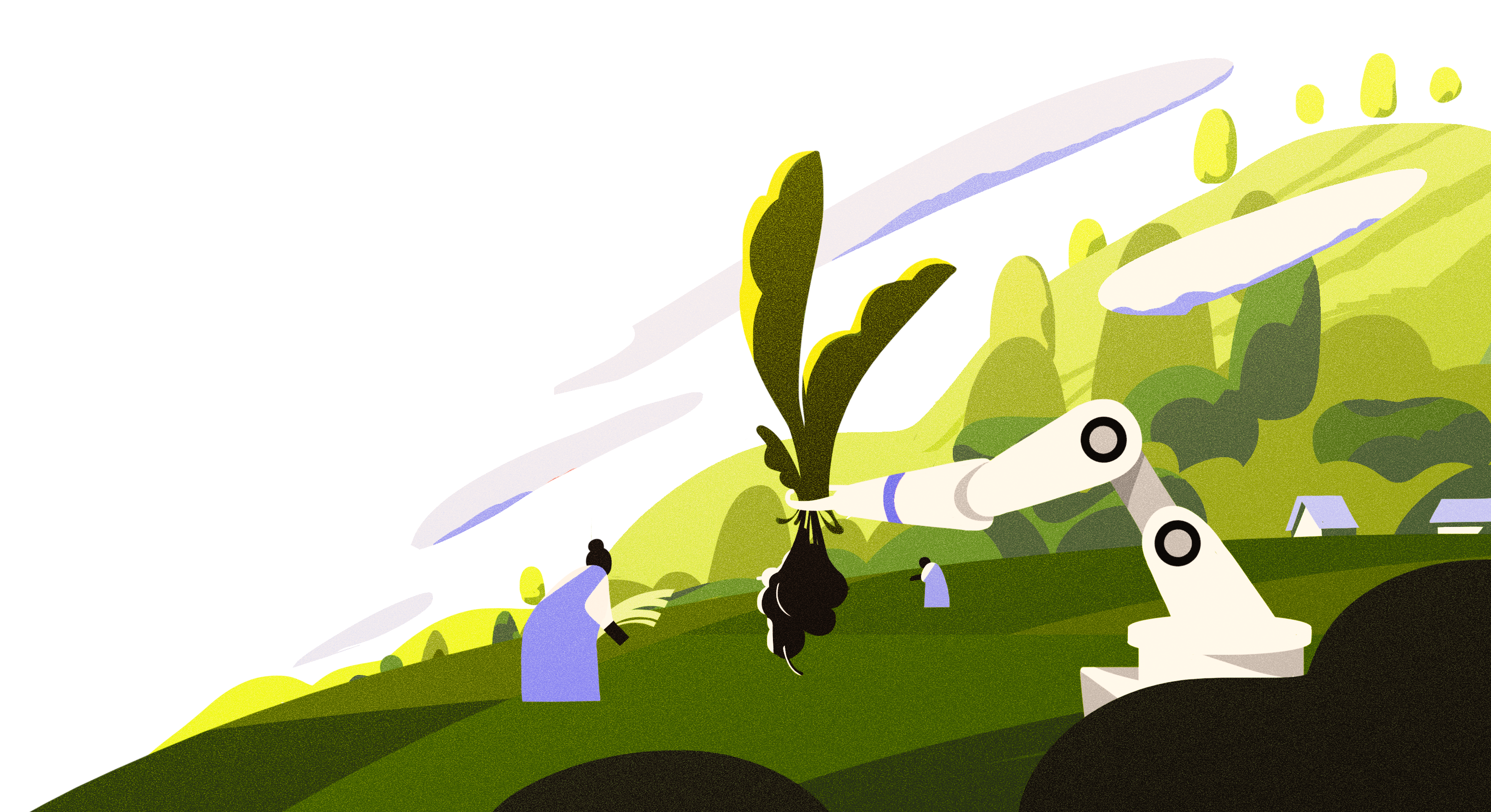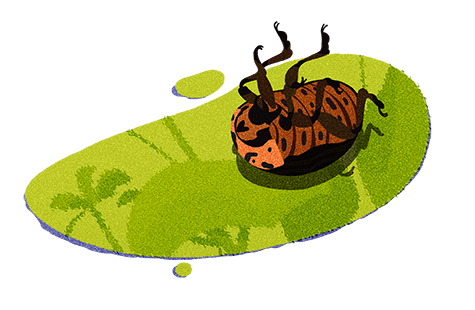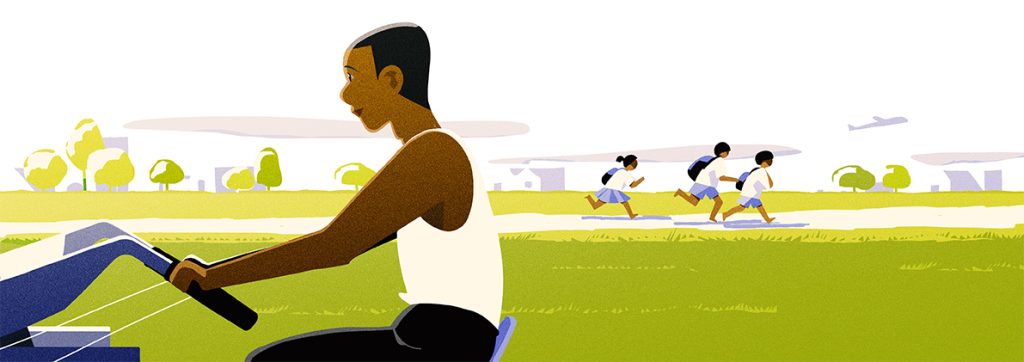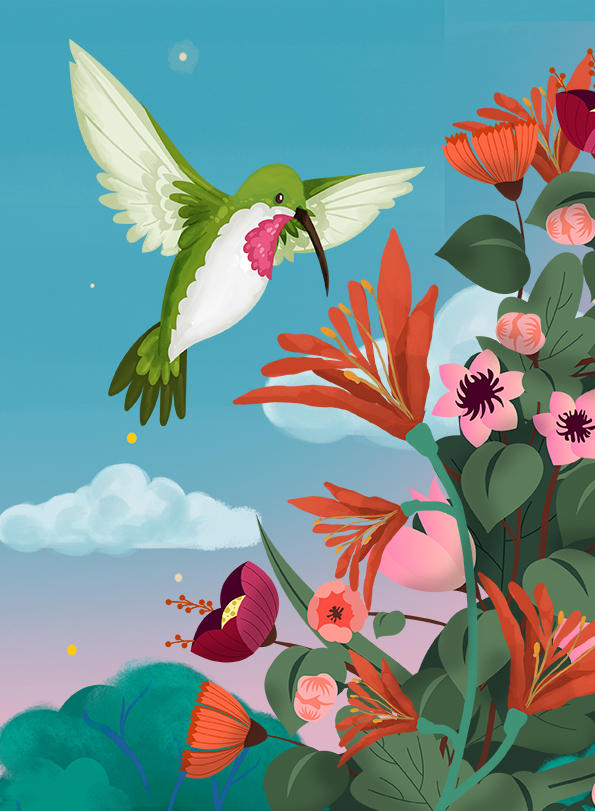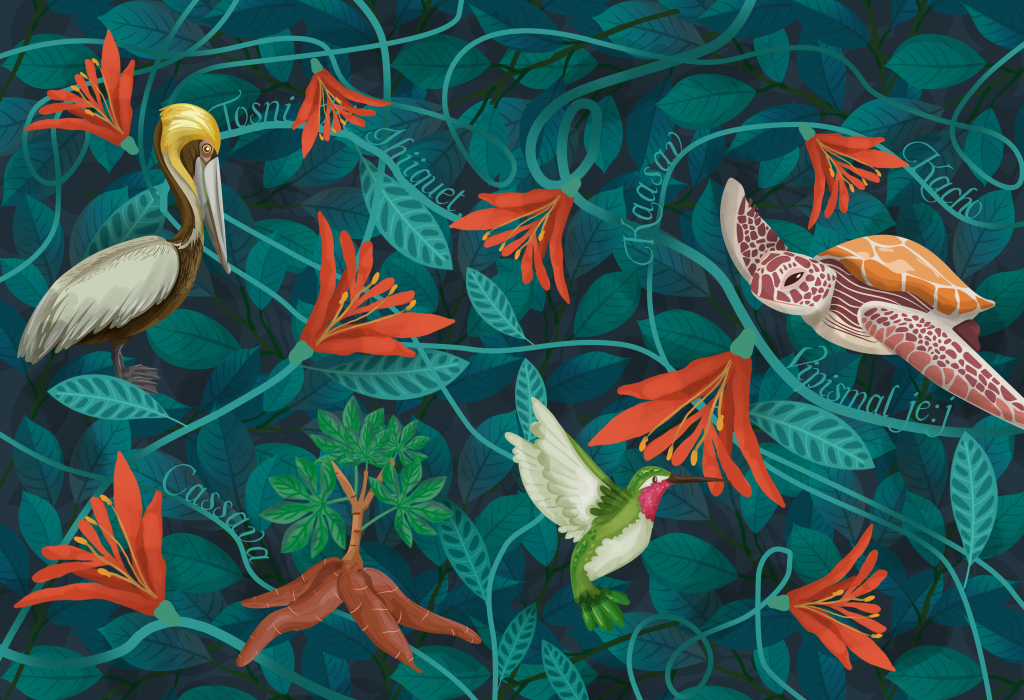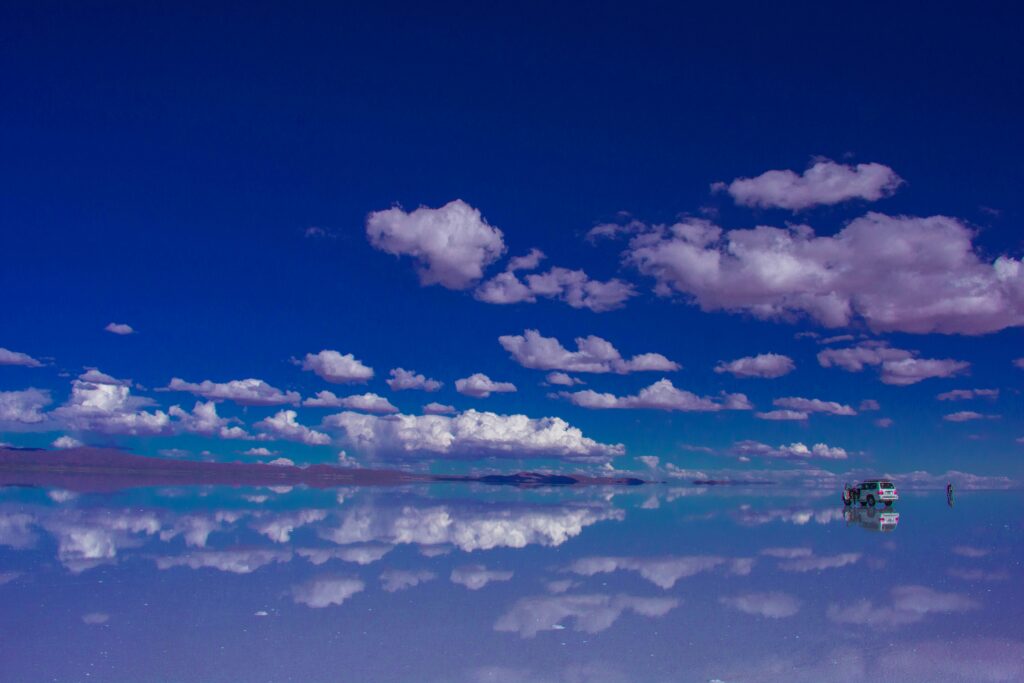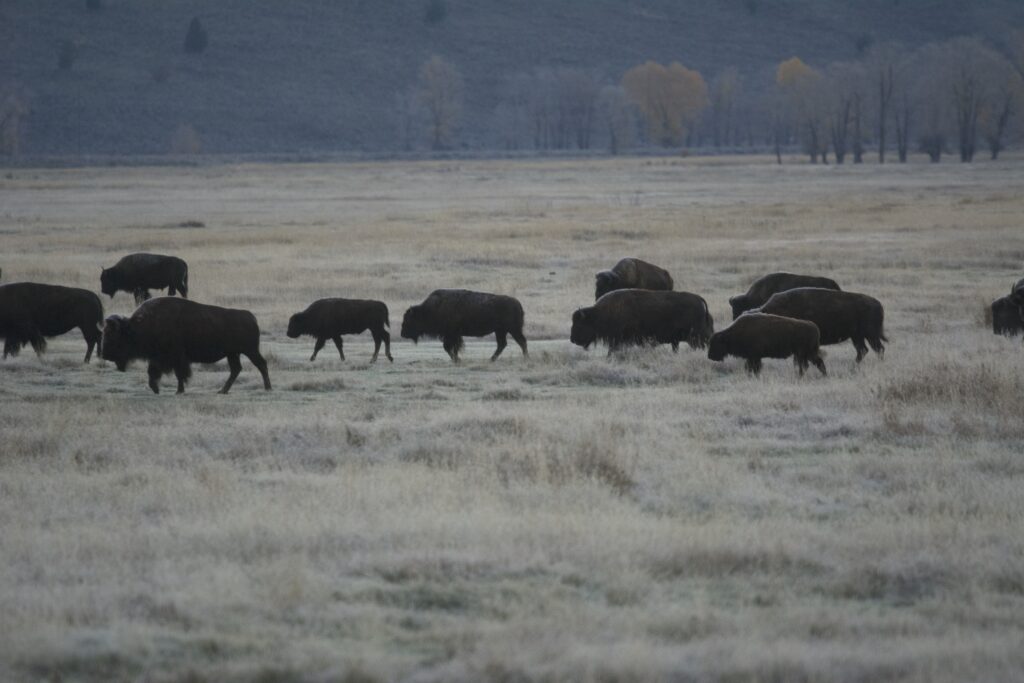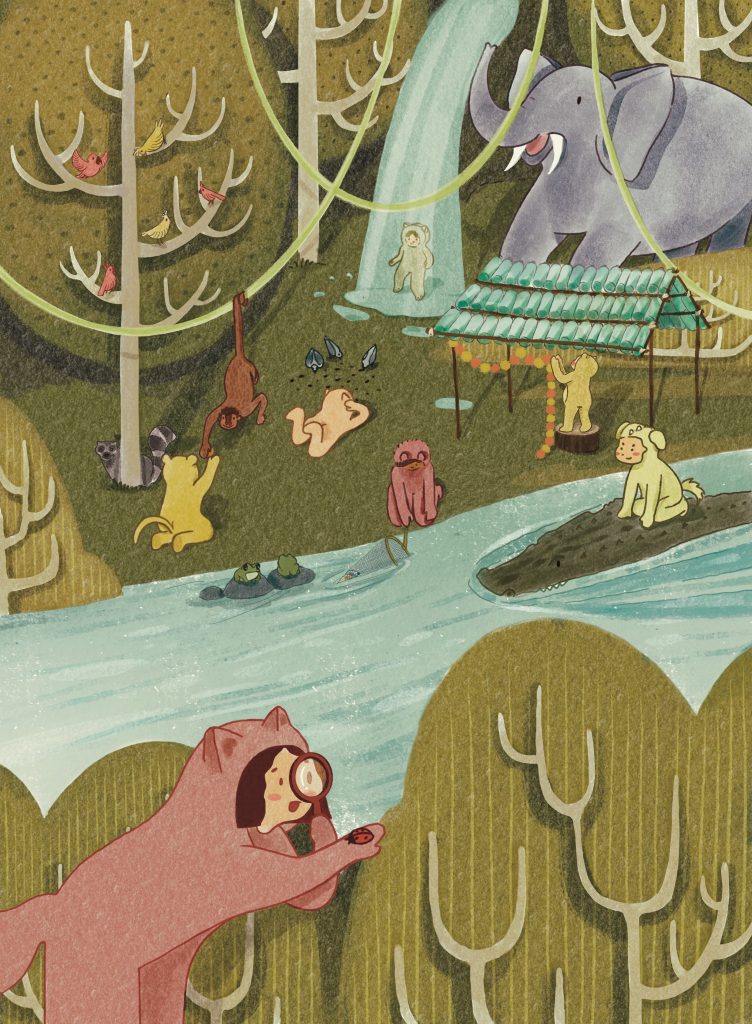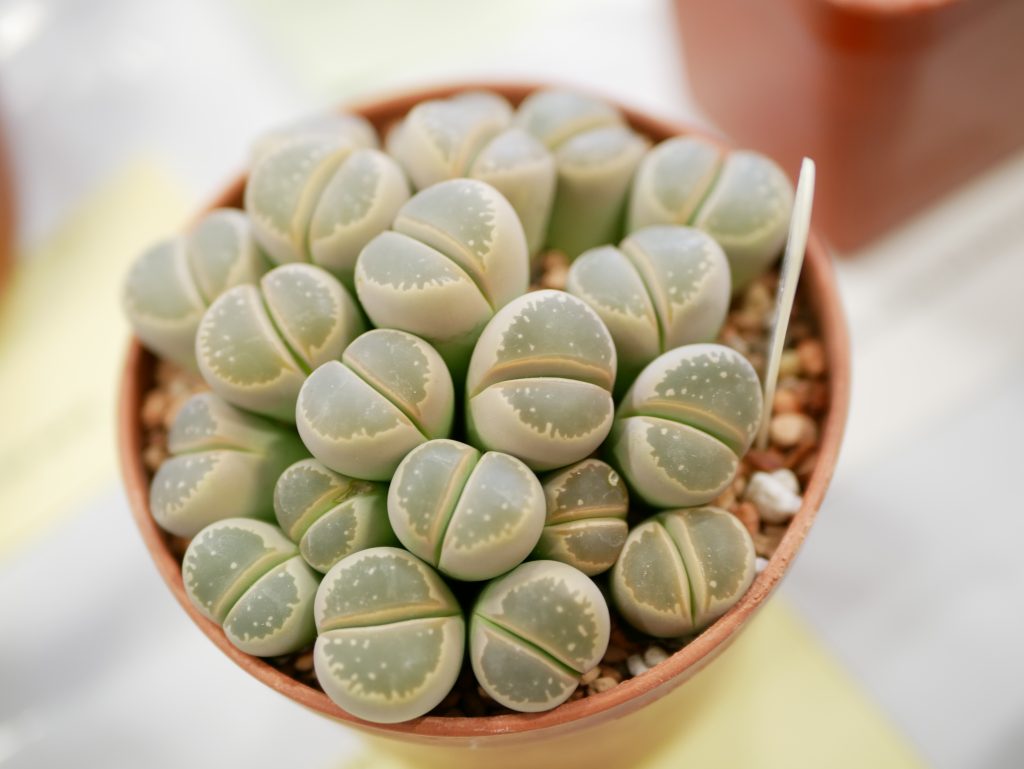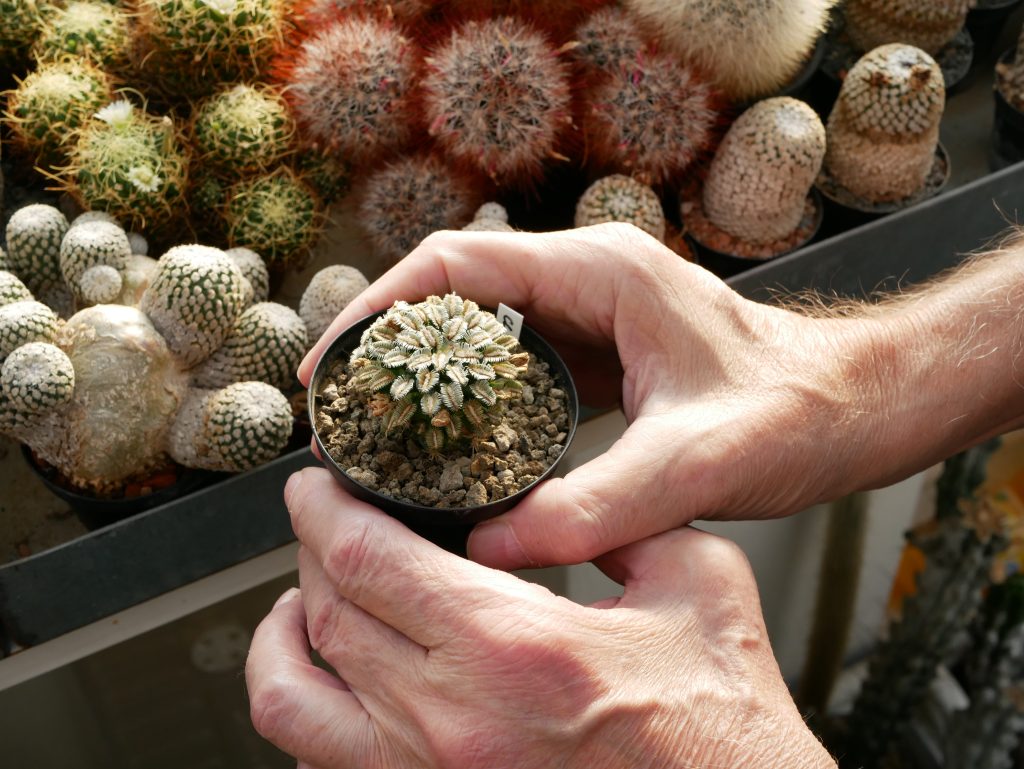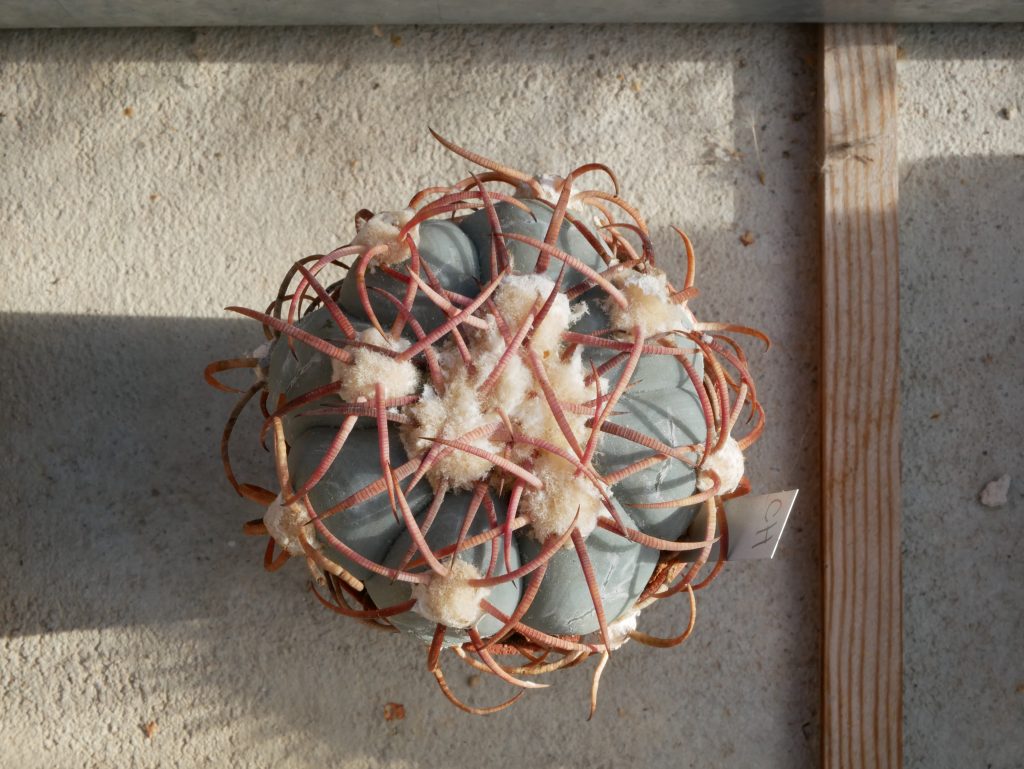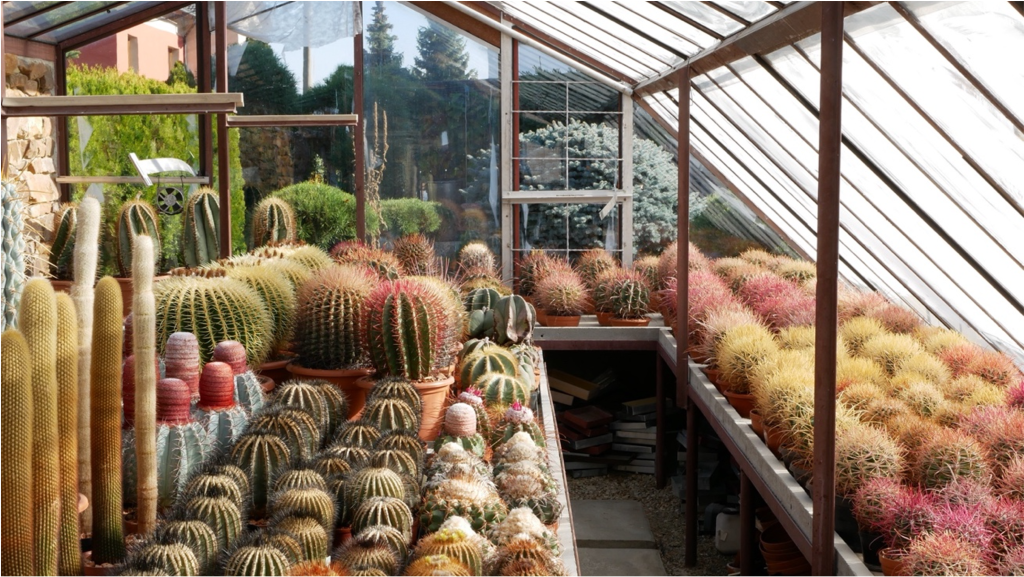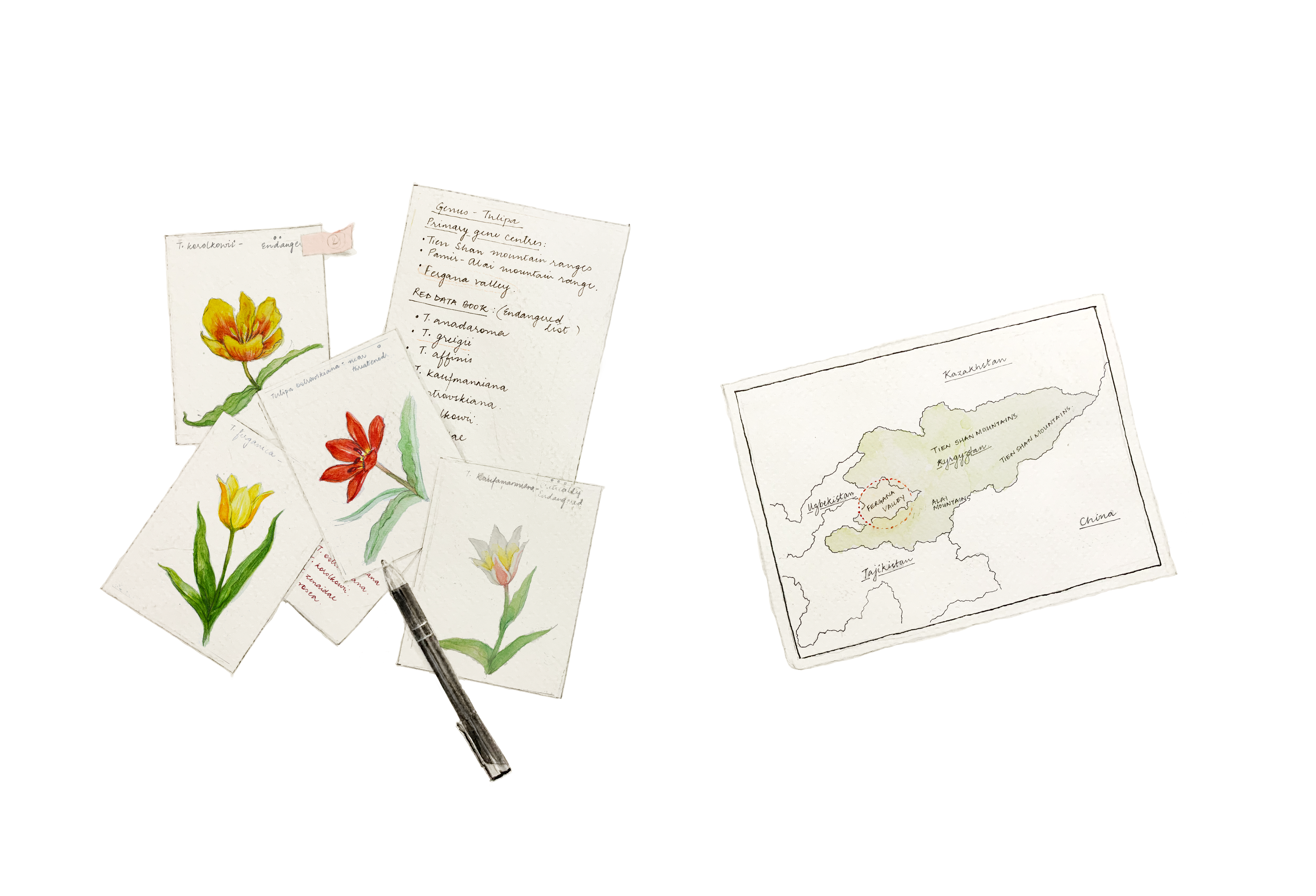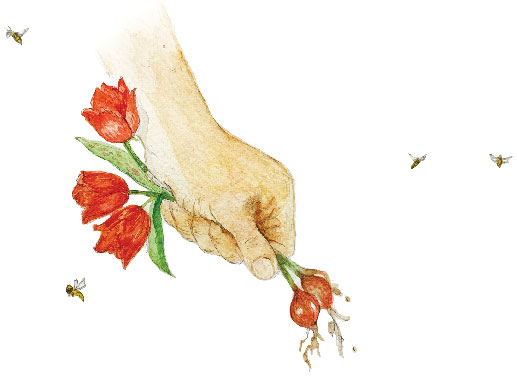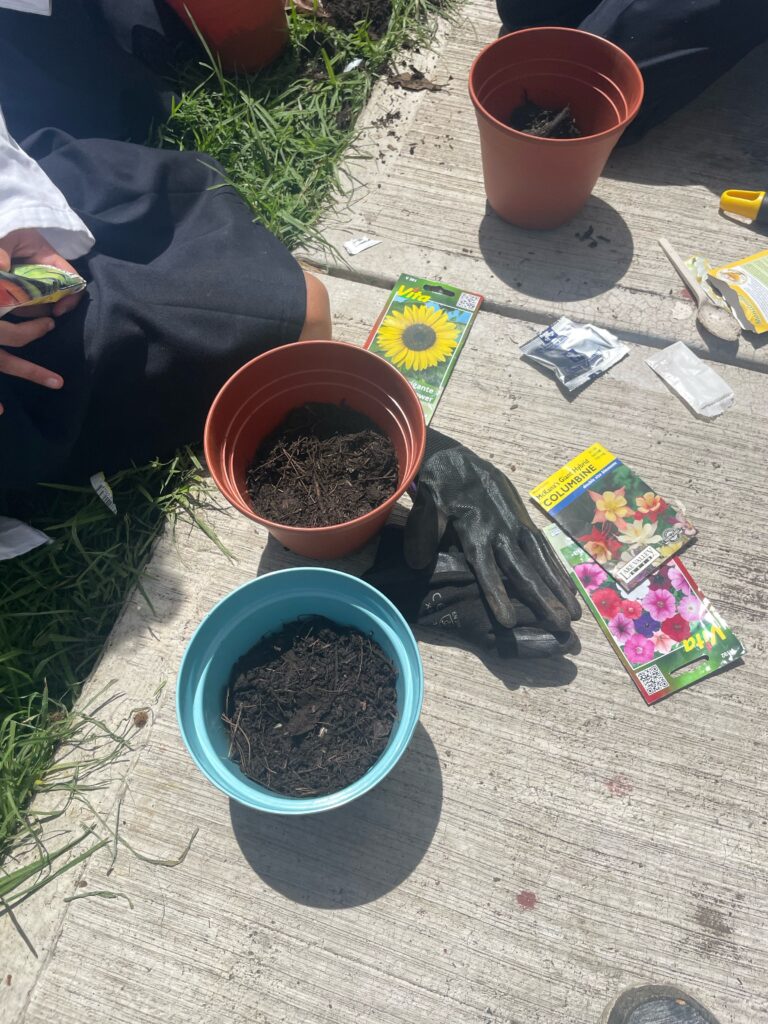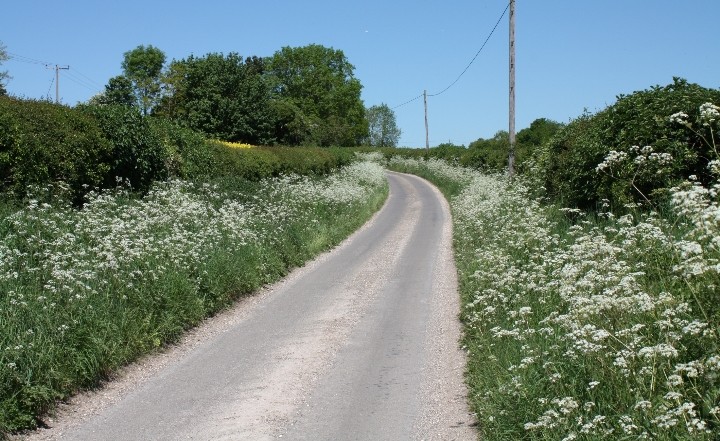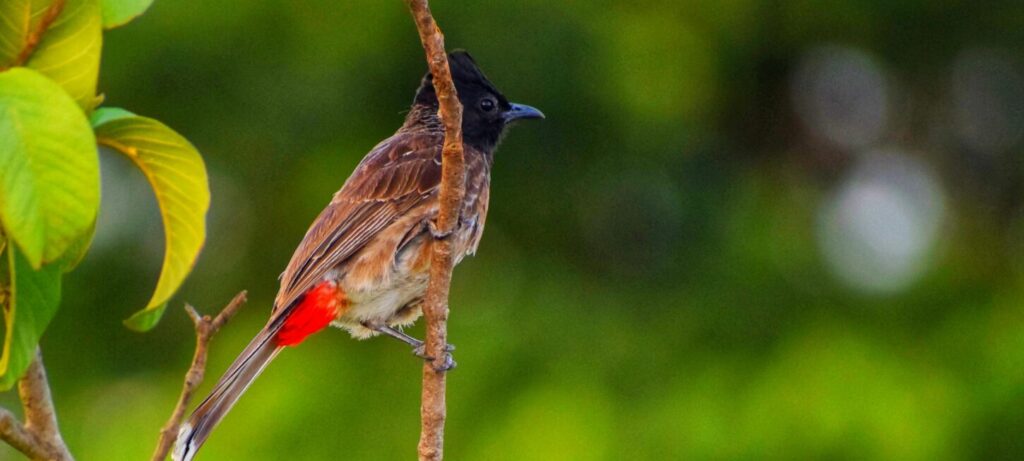Jennifer Montanes-Gonzales lives in the small hamlet of Dunoy, situated along the Catallangan River on the island of Luzon, Philippines. “I often see crocodiles when I go bathing in the river with my children. They are always very excited when they see the crocodiles, and they are not scared of them,” she says.
Her father, Victorino Montanes, migrated here in the 1980s, seeking land to cultivate. In Cagayan Valley, land was getting scarce and expensive to buy. Victorino travelled east until he found uncultivated forestland near a river with abundant clear water. The only other people living here were Agta, the first Indigenous People of the Philippines. The Agta hunt, fish, and collect root crops. They live in small settlements, which they move every few months to another location.
Victorino agreed with them that he could build a house and clear a forest area for corn cultivation. The forest at that time still had abundant game, and the river provi ded fish. The Agta mentioned to Victorino that the river also harboured crocodiles, but that they were harmless if you did not harm them. Victorino was perhaps not so sure about that, but he accepted the crocodiles.
In 1999, a group of Dutch and Filipino scientists visited Victorino as they had heard from fishermen that crocodiles were regularly seen in the municipality of San Mariano, where Dunoy is located. Victorino led them to Dunoy Lake where they observed two adult crocodiles and 12 hatchlings. The researchers celebrated the find that evening together with Victorino and a bottle of gin. They had found a very small, but reproducing wild population of the Philippine crocodile—the rarest crocodile in the world.

A history of deteriorating relations
The Philippine crocodile (Crocodylus mindorensis) is a relatively small freshwater crocodilian (growing to a maximum length of 3m), found only in the Philippines. When the Spanish colonised the Philippines in 1565, they sent home reports with descriptions of the land and its people and wildlife. The Spanish were appalled by the fact that there were crocodiles seemingly everywhere. They were amazed that “the indios” both feared and venerated the crocodiles. The Philippines in fact has two species of crocodiles: the endemic freshwater Philippine crocodile (Crocodylus mindorensis) and the much larger and potentially man-eating saltwater crocodile (Crocodylus porosus), which occurs from Australia to India. In most Philippine indigenous languages, there are different names for the two species, and different dangers are attributed to them.
For the Spanish priests though, all crocodiles were monsters that had to be extirpated. There is a mural in the Catholic church of San Mariano where Jesus the Saviour is shown protecting a human community in his hand, while stepping on a crocodile to keep evil under his feet. In 1898, the US took over from the Spanish as colonisers of the Philippines. Like the Spanish, Hollywood would portray crocodiles as evil creatures.

Nowadays in the Philippines, crocodiles are widely regarded as dangerous animals, regardless of the species. They are stereotyped as bloodthirsty monsters and are associated with greed. Corrupt government officials and selfish athletes are called buwaya, the Filipino word for crocodile. These negative attitudes towards crocodiles are seen as a major impediment to in-situ crocodile conservation in the Philippines by the government, and have led to removal of crocodiles from the wild into ex-situ facilities to safeguard crocodiles and protect local communities.
Crocodiles in local culture
These negative attitudes towards crocodiles have not always been there, however, and also do not exist everywhere in the Philippines. Crocodiles continue to play an important role in folk stories, songs, and material culture, such as woven cloth and wood carvings. Throughout the Philippines, indigenous communities had intricate relations with crocodiles. In San Mariano, the Agta have personal bonds with individual crocodiles. Crocodiles and people can be friends and even blood brothers. Spear-fishermen often encounter crocodiles underwater, and do not fear them. They kindly ask the crocodile for permission to pass and to share the fish resources.
According to Nestor Alejo, an Agta elder residing in Dunoy: “What the Agta believe is that the crocodiles are helping us. We see that the crocodiles guard our rivers.” The Kalinga, another indigenous group in San Mariano, pray to crocodiles and provide offerings. They believe that crocodiles are the embodiment of their ancestors, that some people have the power to change into crocodiles and that others are born with a spiritual crocodile twin. There is a strong taboo against killing crocodiles.
Both the Agta and Kalinga do not dispute that crocodiles are potentially dangerous, especially large saltwater crocodiles. But if the crocodile does something to you, then you have probably deserved that because you did something wrong. This strong belief that a crocodile will not harm you if you do not harm the indigenous communities have with crocodiles until this day in the few areas where crocodiles still occur in the Philippines. But what about people like Victorino, who is an Ilocano migrant to San Mariano, and whose parents did not teach him to pay respect to crocodiles?
Victorino was not the only farmer who discovered the potential of San Mariano for land. Since the 1960s, when vast forest areas of San Mariano were opened up by commercial logging operations, immigrant farmers started to come in. They settled along rivers to transport their produce, since roads did not exist, and often observed crocodiles in those rivers.
Boy Robles, one of the first settlers along Dinang Creek—which remains an important breeding area of the Philippine crocodile—recounts: “When I first arrived here, it was all forest. There were no roads, only narrow footpaths. There were lots of wild animals, such as wild chicken, wild pig and wild deer. But nowadays there is no abundant food for crocodiles because there are no wild deer and wild pigs anymore. This is the reason why crocodiles eat our livestock.” In addition to negative perceptions, conflicts over livestock predation is one of the reasons that immigrant farmers kill crocodiles in San Mariano.
Mabuhay buwaya
Since 2003, the Mabuwaya Foundation (mabuhay = long live, buwaya = crocodile), in collaboration with Isabela State University, has been implementing a research and conservation program for the Philippine crocodile in San Mariano. A key component of this program is a long-term Communication, Education and Public Awareness (CEPA) strategy. While recognising the importance and relevance of indigenous belief systems that enabled people to coexist with crocodiles in San Mariano, younger people and immigrant farmers do not necessarily believe in crocodiles as ancestors, twins or forest spirits.
Therefore, the Mabuwaya Foundation tries to instil new forms of respect for crocodiles. These are based on the sense of pride in harbouring have the last individuals of this Philippine endemic species in the local rivers and refer to the general responsibility to take care of the environment and the species within it. The key message of the program is: “The Philippine crocodile, something to be proud of!” The program also promotes conditions that facilitate coexistence with crocodiles: crocodile wetlands and buffer zones are protected and rehabilitated to provide natural prey species and nesting habitat for crocodiles, and farmers are assisted with building pig and chicken pens to avoid livestock predation.
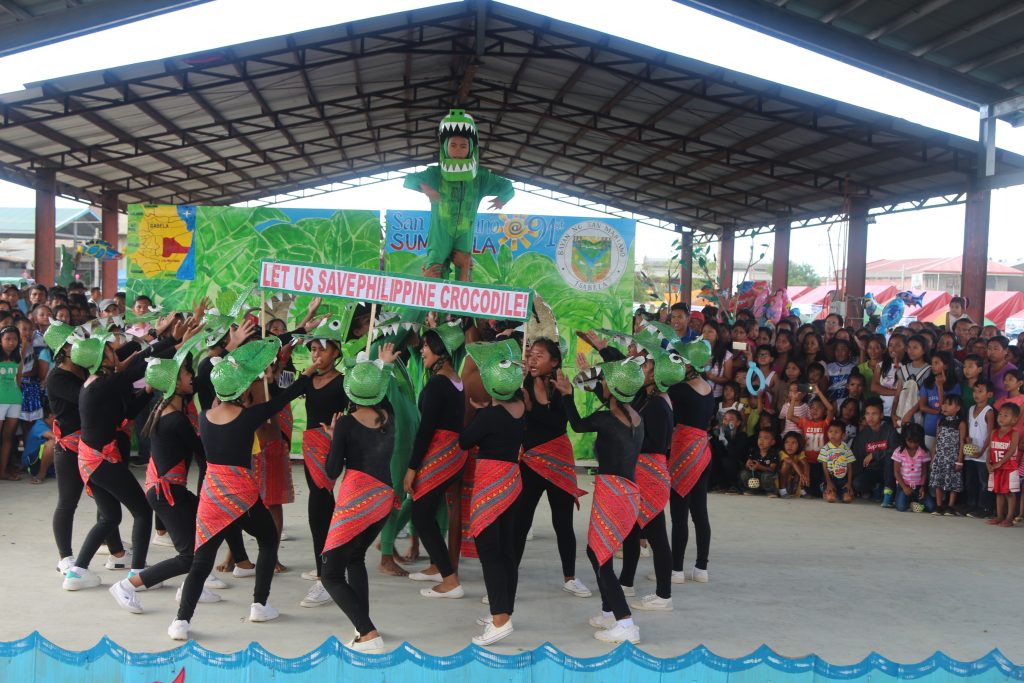
The CEPA program has led to acceptance of the crocodiles by more than 80 percent of a representative group of respondents in San Mariano. Today, there are eight community-managed crocodile sanctuaries. Community members, including children, are involved in crocodile monitoring and releasing headstarted crocodiles back into the wild (this is a conservation technique where young animals are raised ex-situ to increase their chances of survival to adulthood). A Philippine crocodile festival in 2018 in San Mariano, where schools competed to come up with the most spectacular crocodile dance in crocodile costumes, drew 35,000 visitors.
The crocodile population has grown from approximately 20 in 1999 to nearly 100 individuals in 2023 and the distribution of the crocodiles increased from three to eight distinct wetland areas. In 2023, six community-protected nests in four different sites successfully hatched. Livestock predation by crocodiles has greatly diminished as a result of rehabilitated riparian buffer zones and livestock protection measures. The deliberate killing of crocodiles still occasionally occurs but leads to outrage and action by community members and local government officials. Although there are a few visitors every year to see the wild Philippine crocodiles of San Mariano, there is no large-scale ecotourism program here that provides a financial incentive to communities that protect their crocodiles. Pride and respect are the main reasons why farmers like Victorino Montanes now accept the crocodiles in their midst.
Jennifer Montanes-Gonzalez says about the importance of crocodile conservation: “If there were no more crocodiles left, I would be very sad because by protecting the crocodiles we are protecting the rivers.” The current basis of coexistence of people and Philippine crocodiles in San Mariano is perhaps different compared to the indigenous belief systems, but it shares a widespread conviction that crocodiles have a right to live in the same rivers that are used by people and that crocodiles are not dangerous if people respect them. Mabuhay buwaya!
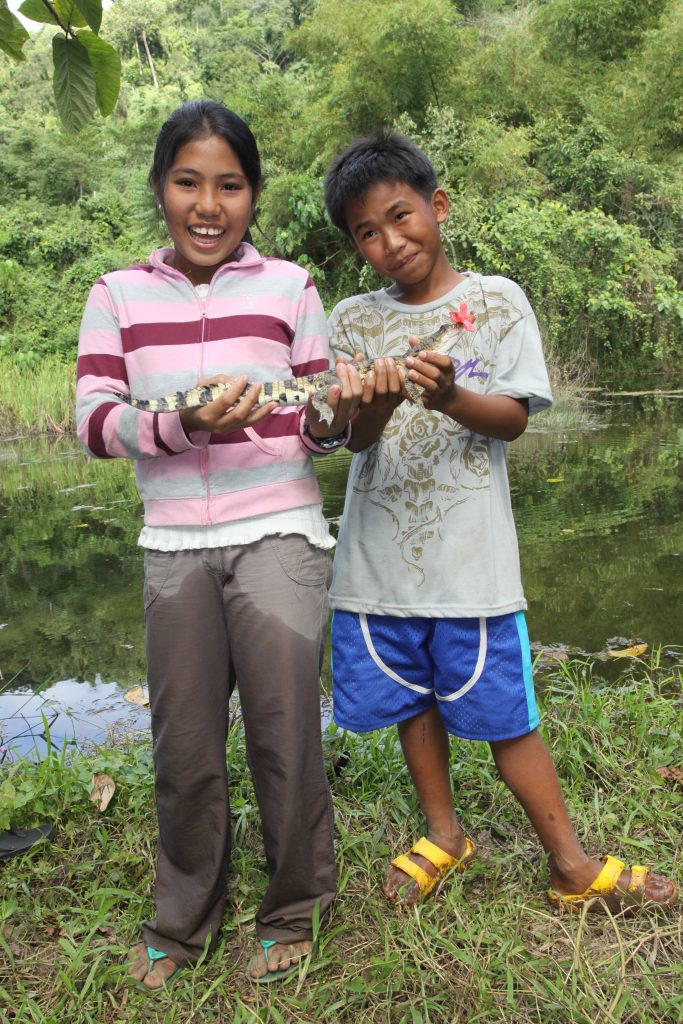
Further Reading
Cureg, M. C., A. M. Bagunu, M. Van Weerd, M. G.Balbas, D. Soler and J. Van Der Ploeg. 2016. A longitudinal evaluation of the communication, education and public awareness (CEPA) campaign for the Philippine crocodile Crocodylus mindorensis in northern Luzon, Philippines. International Zoo Yearbook 50(1): 68–83. doi.org/10.1111/izy.12112.
Van Der Ploeg, J., M. van Weerd and G. A. Persoon. 2011. A cultural history of crocodiles in the Philippines: towards a new peace pact? Environment and history 17(2): 229–264. www.jstor.org/stable/41303508
van Weerd, M. and J. van der Ploeg. 2003. A new future for the Philippine crocodile, Crocodylus mindorensis. Sylvatrop 13(1–2): 31–50.
